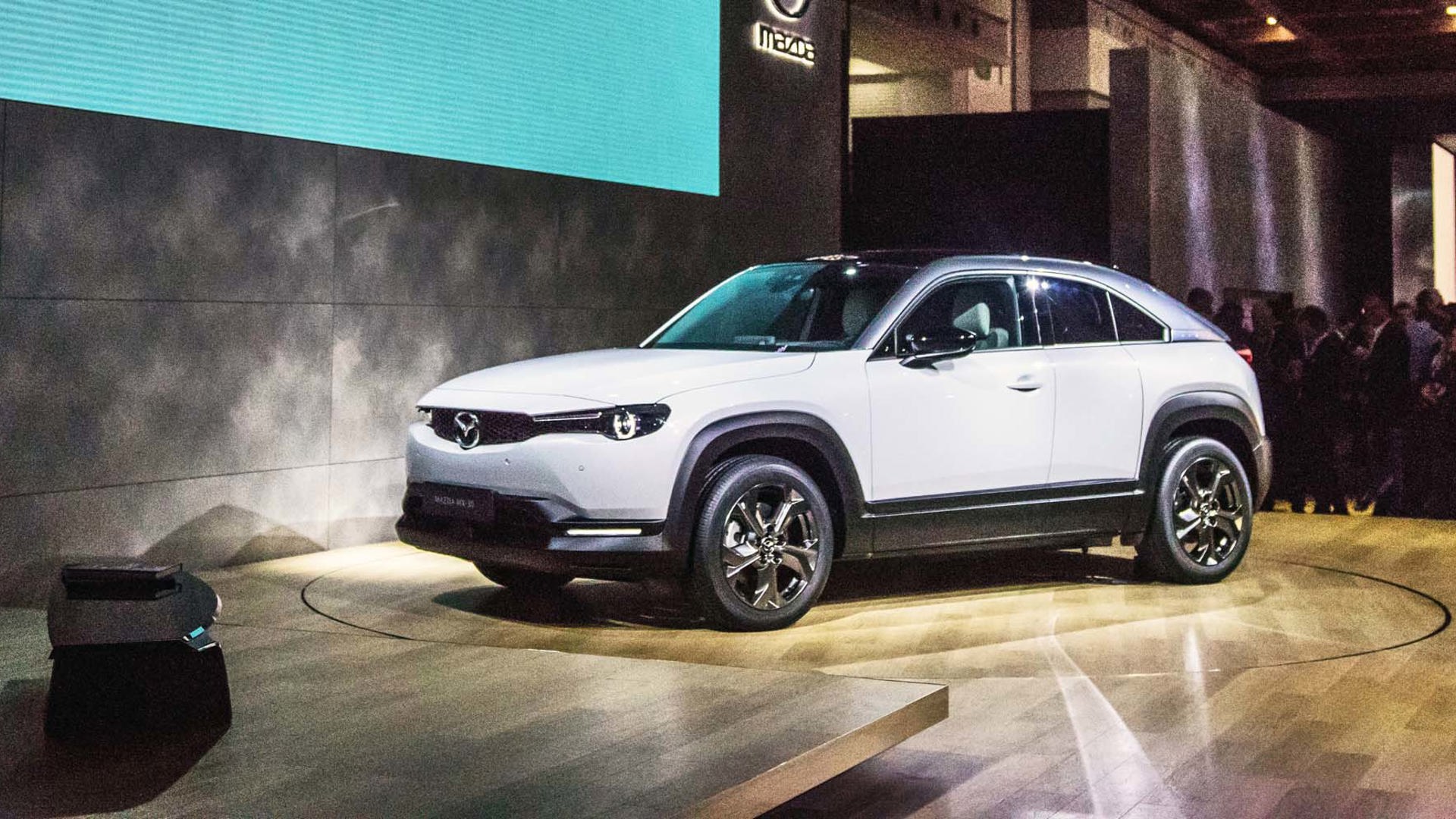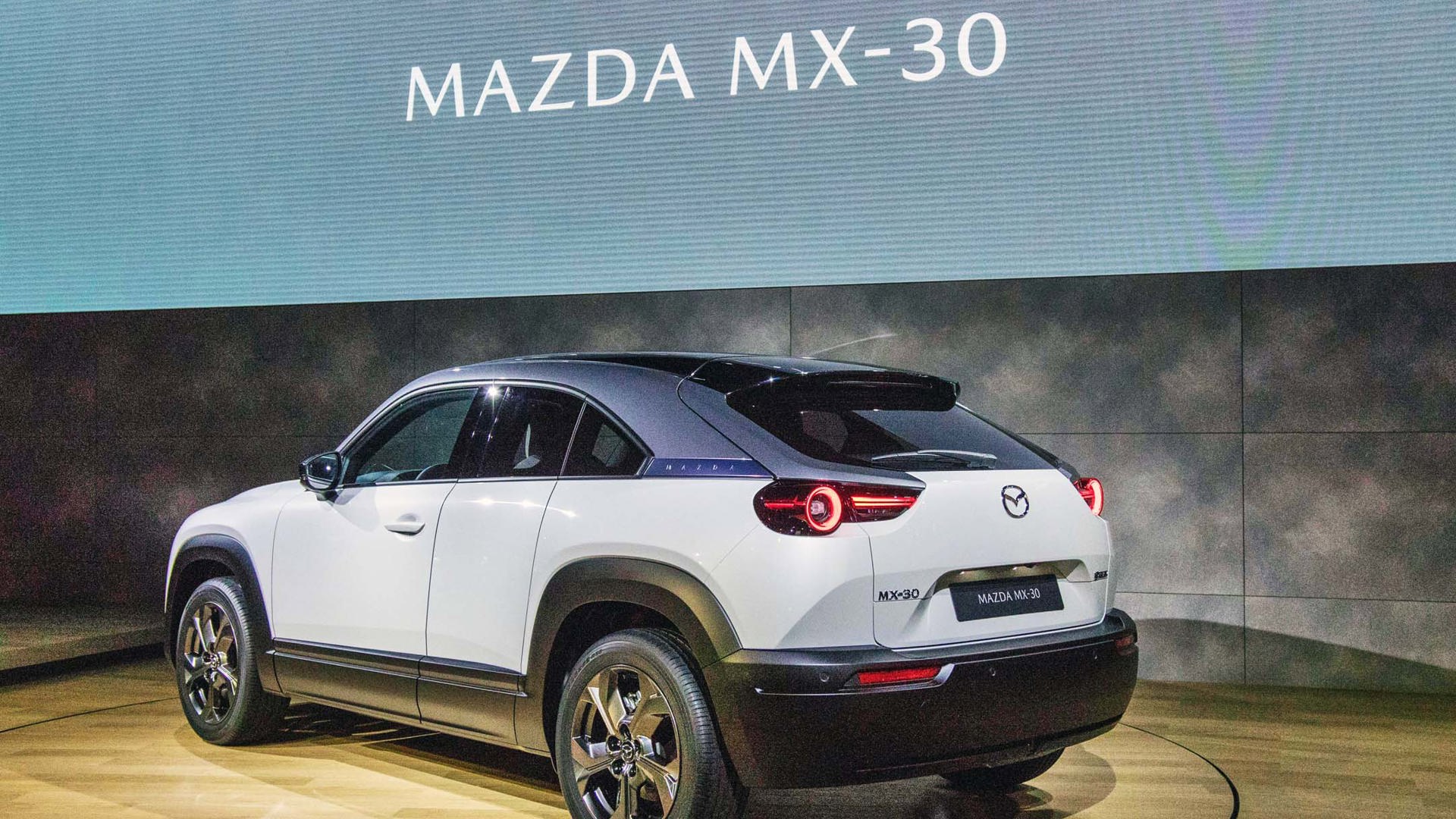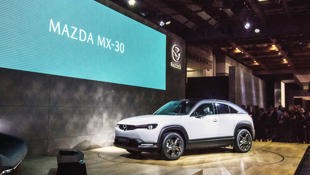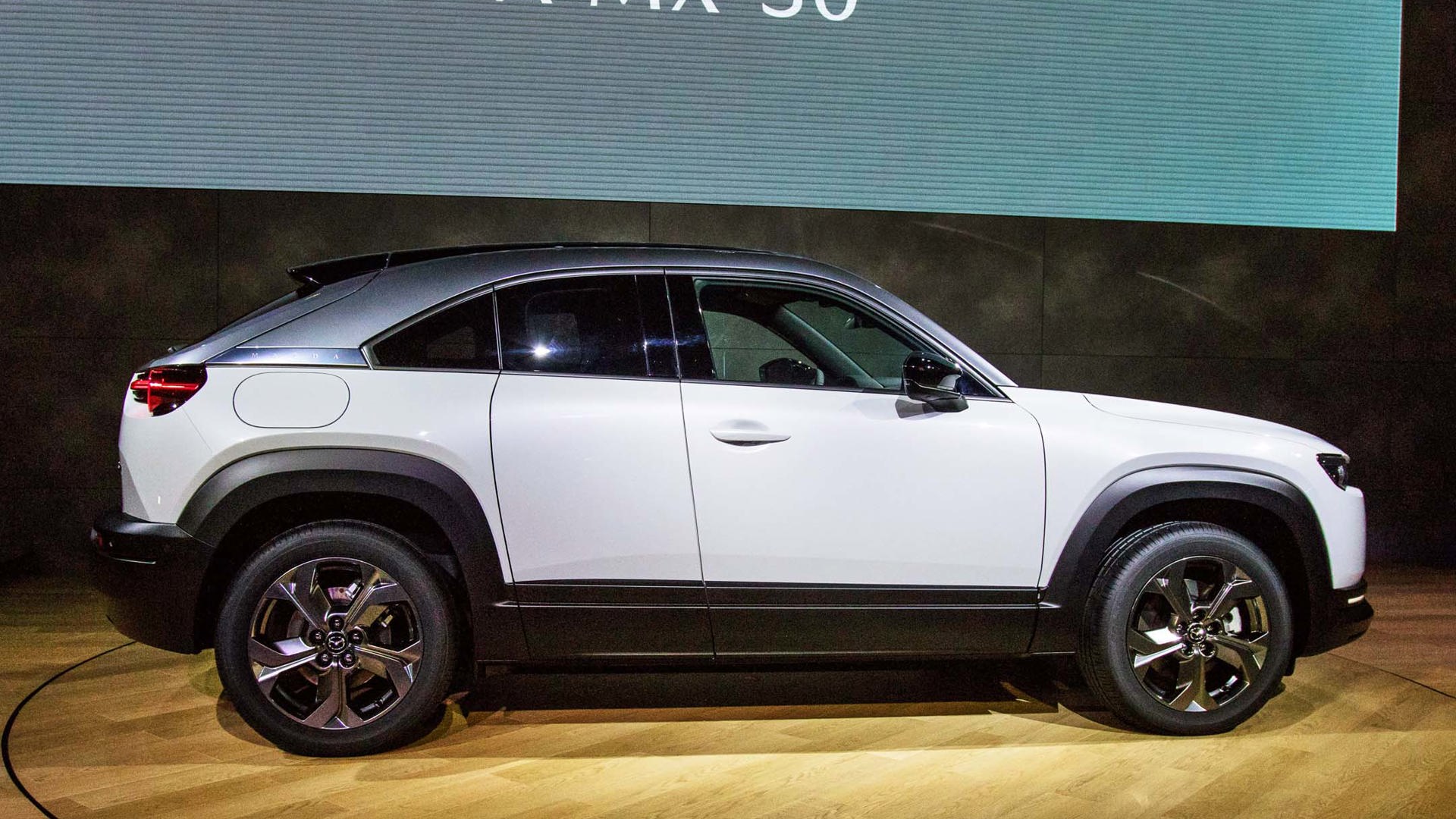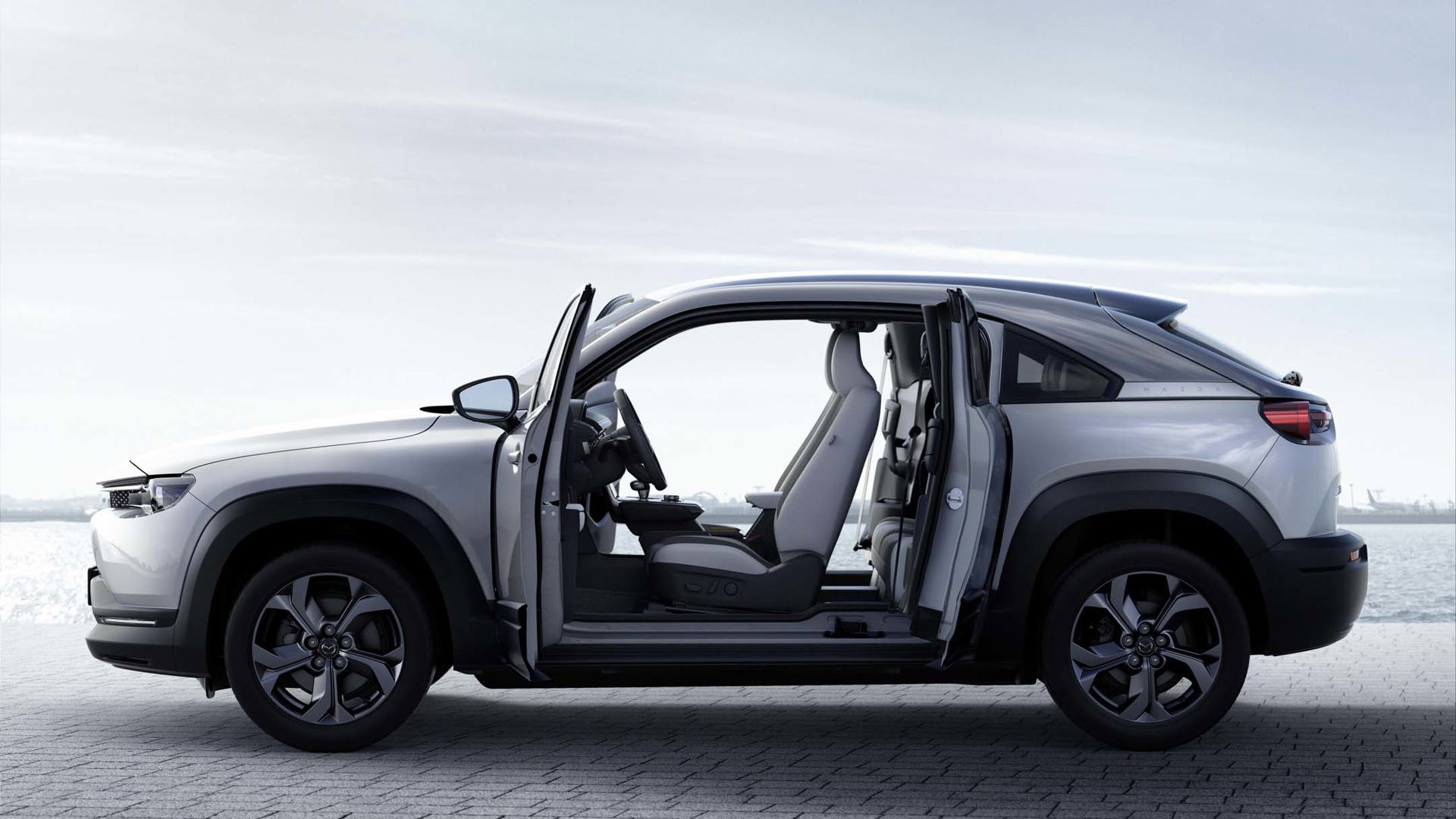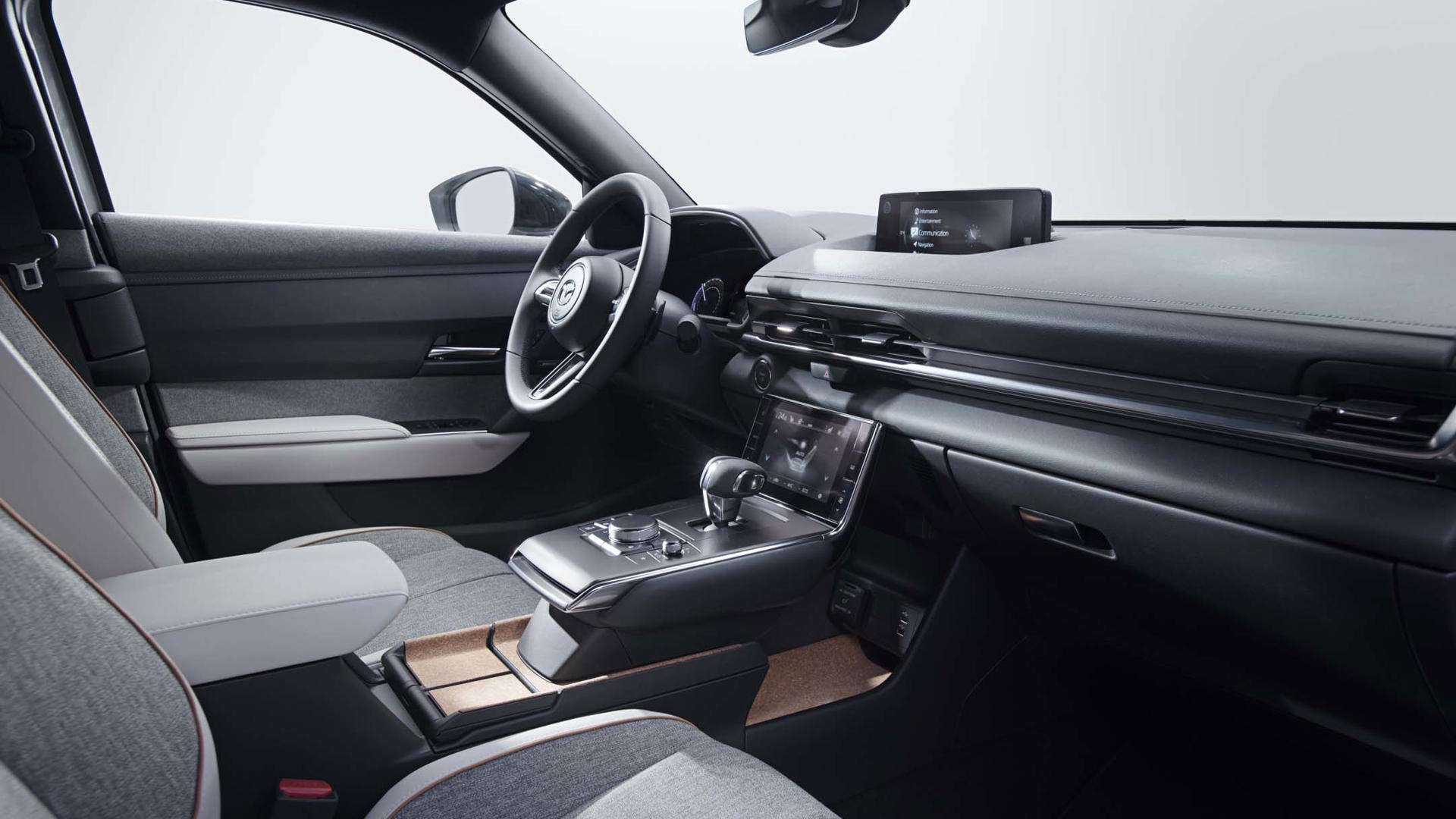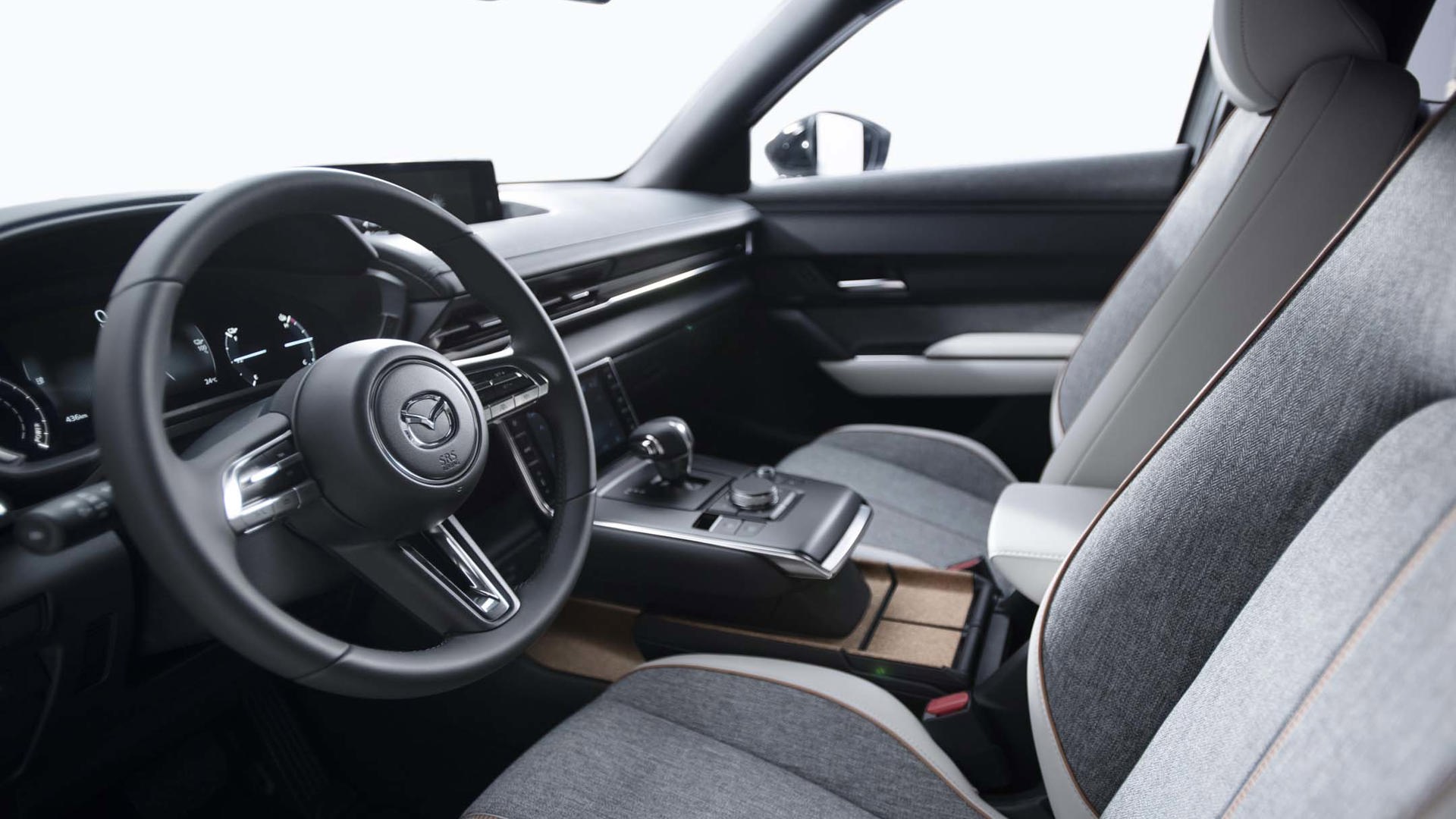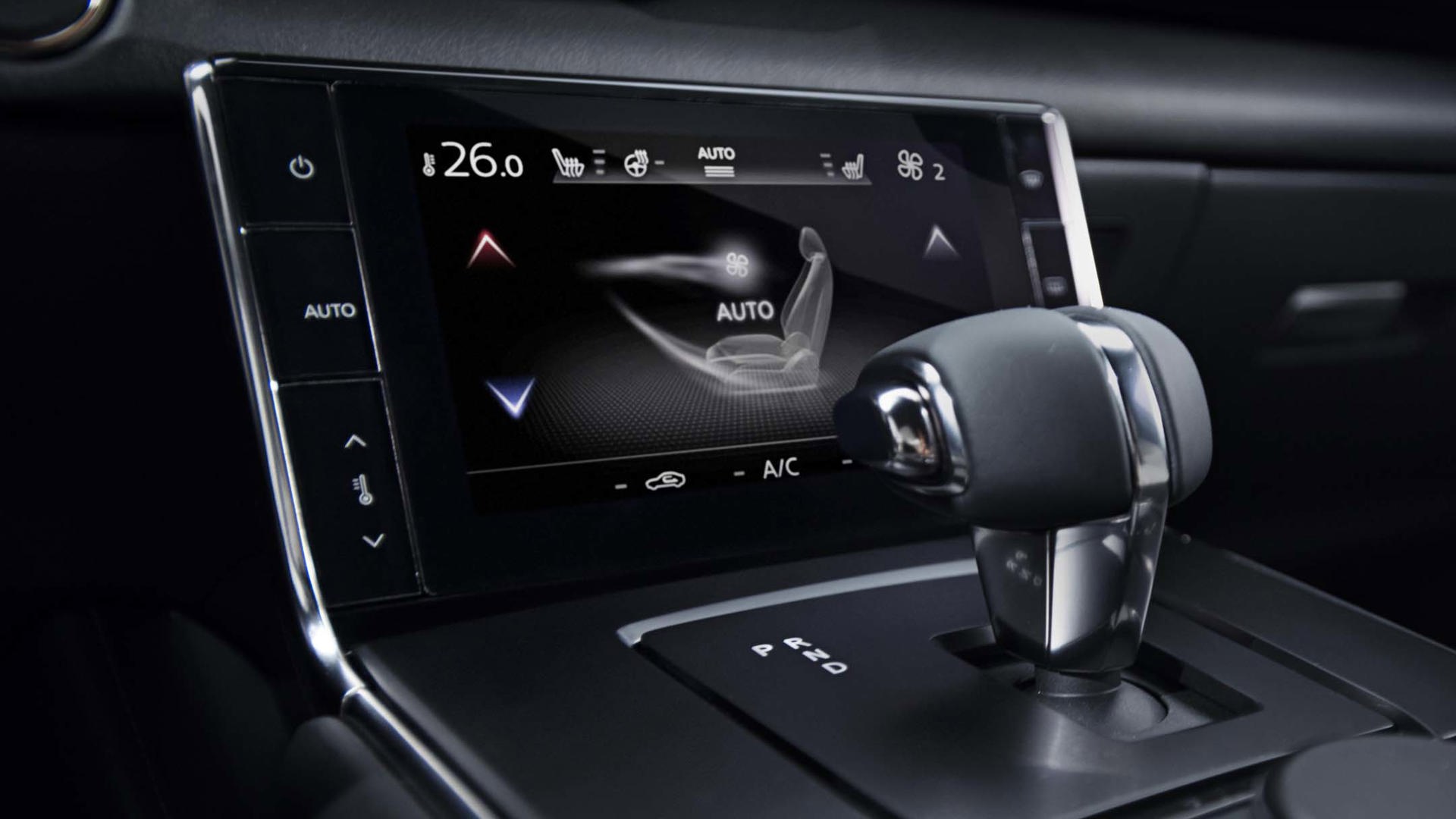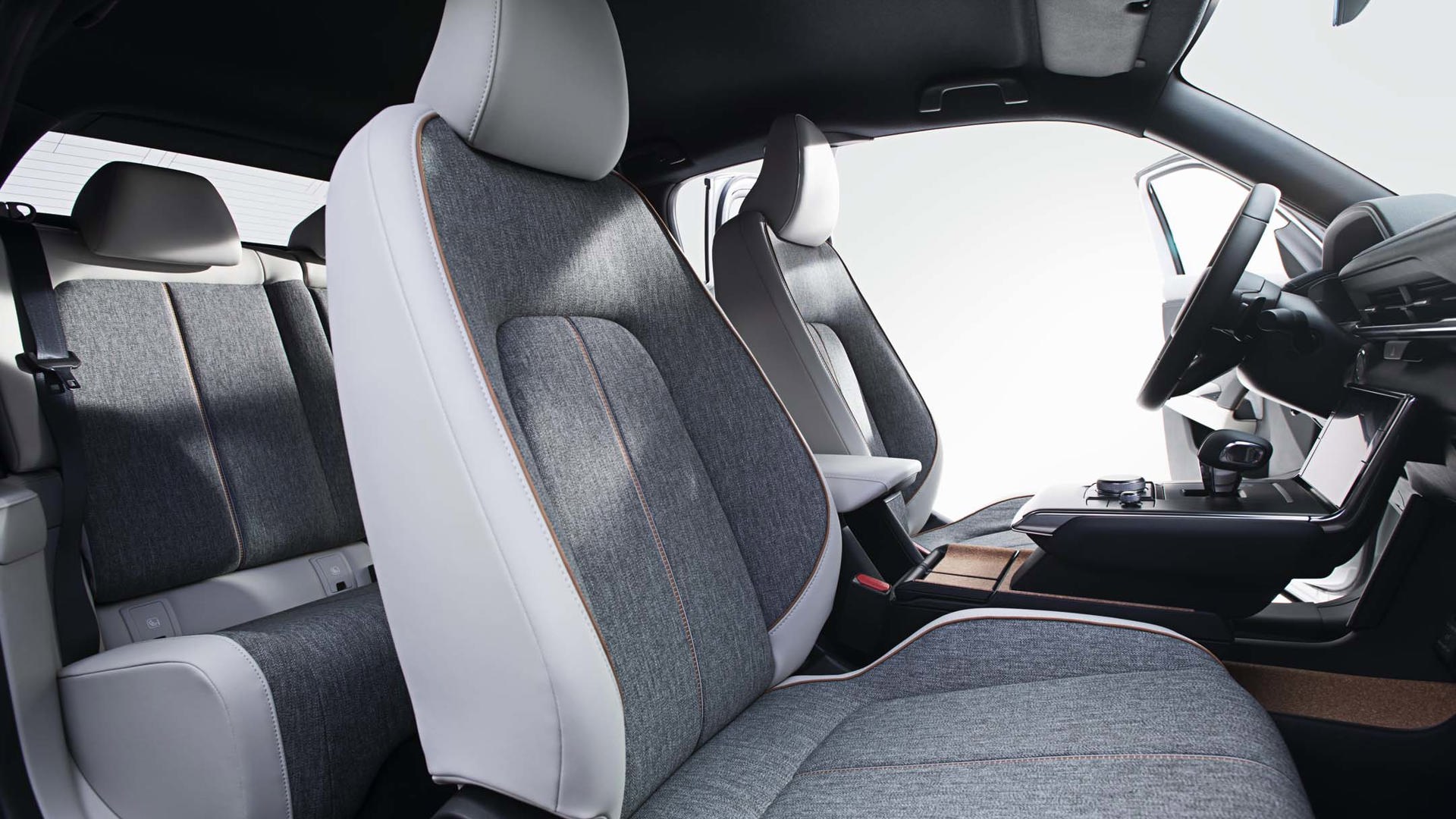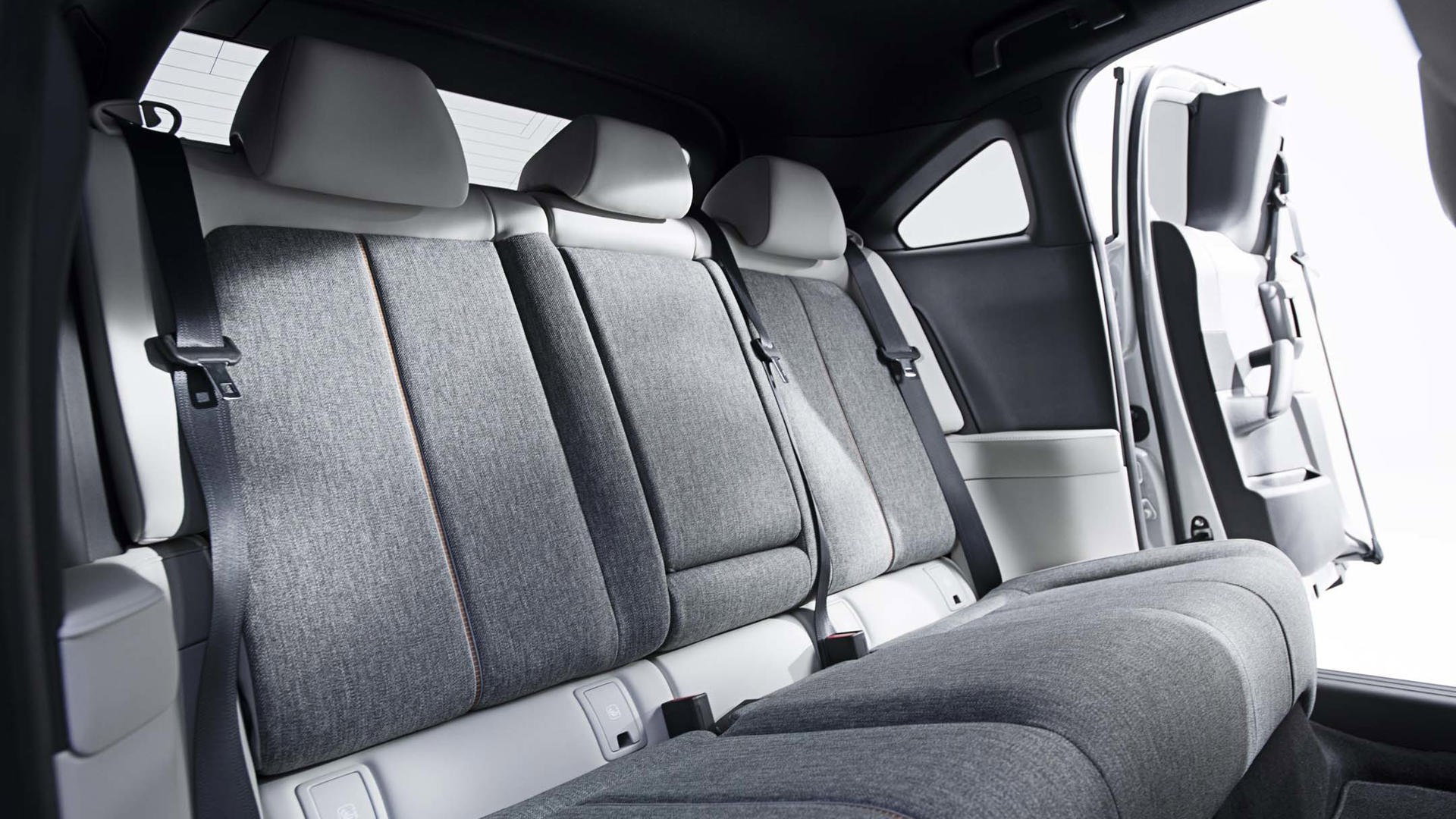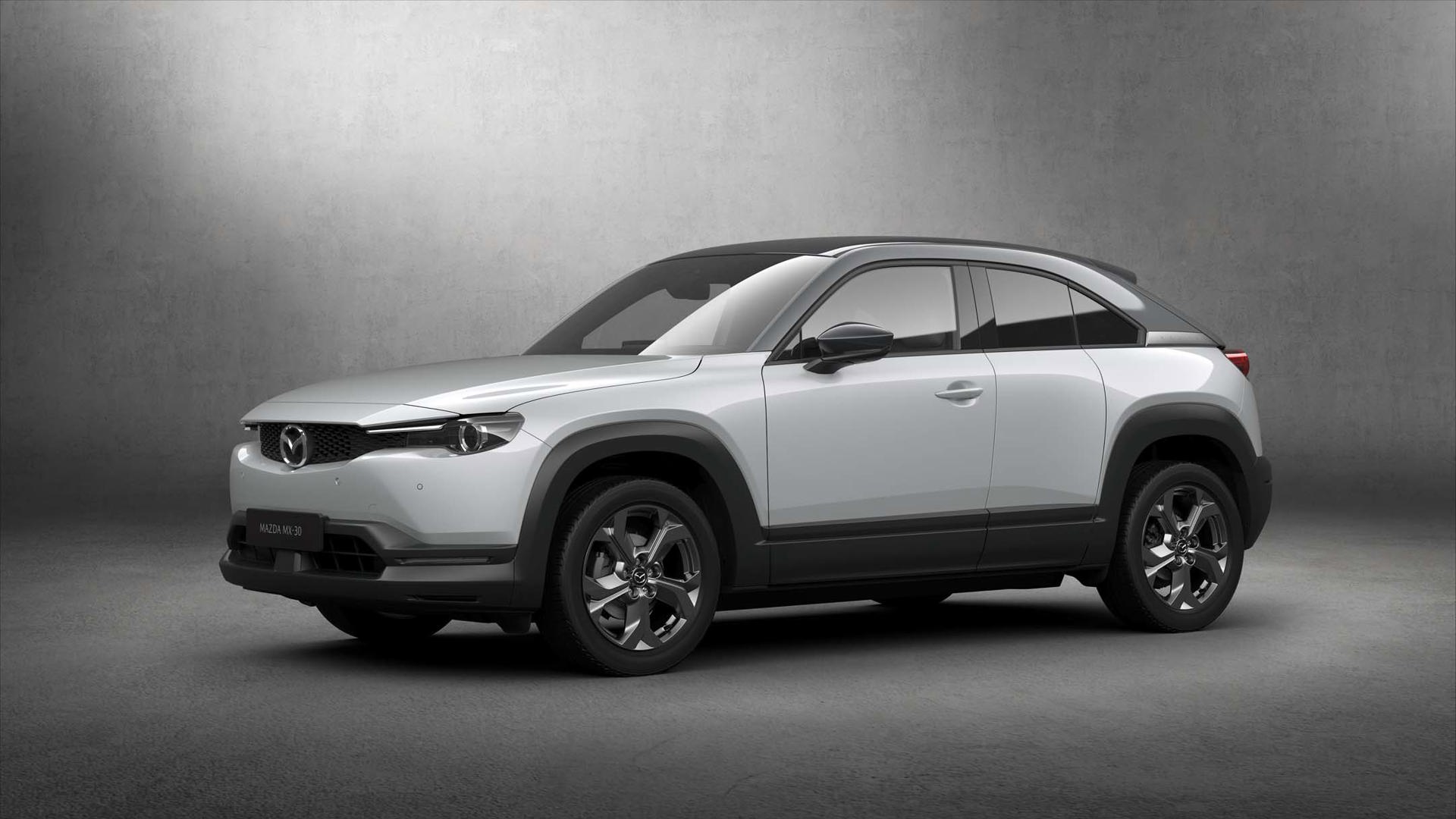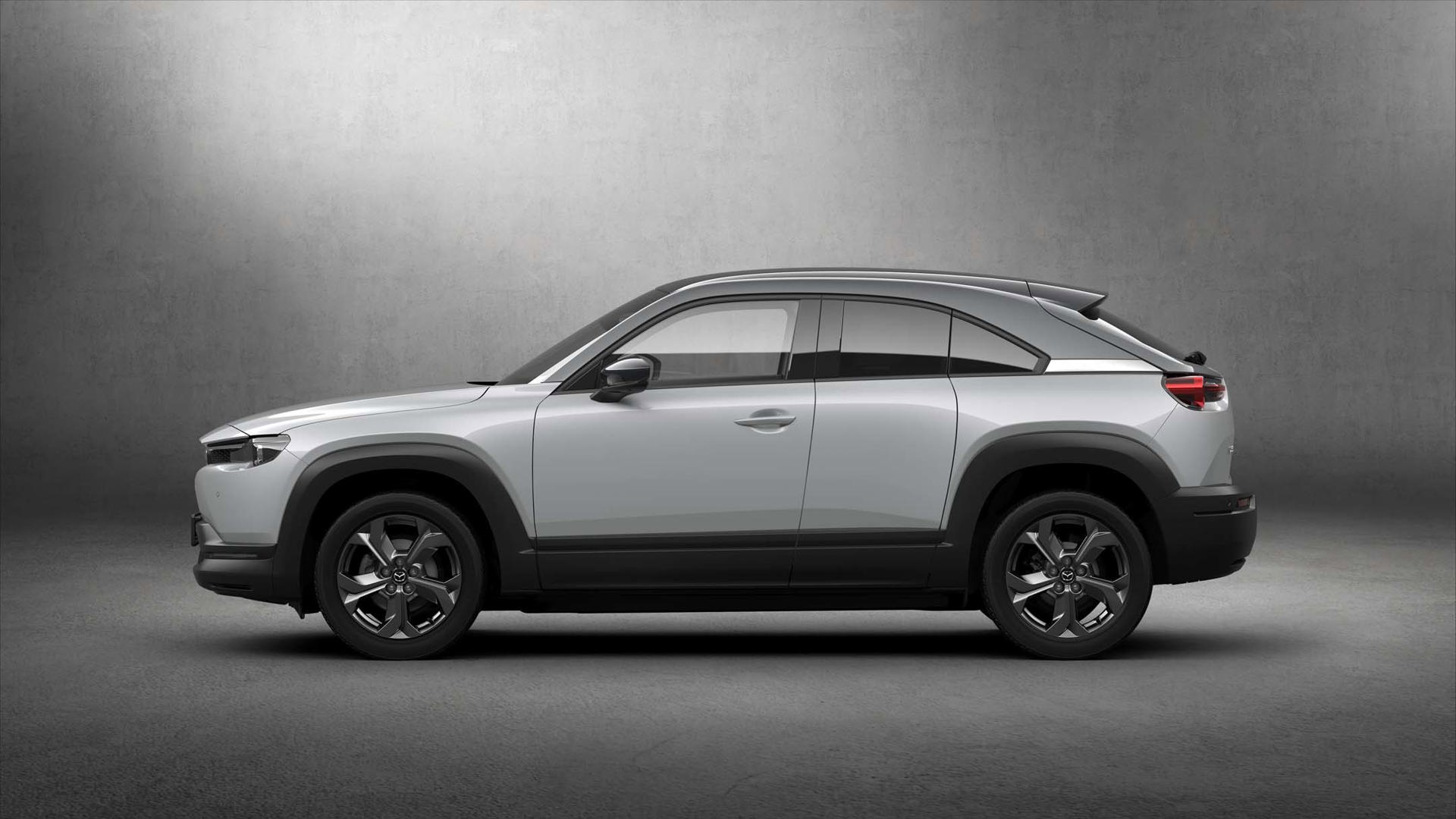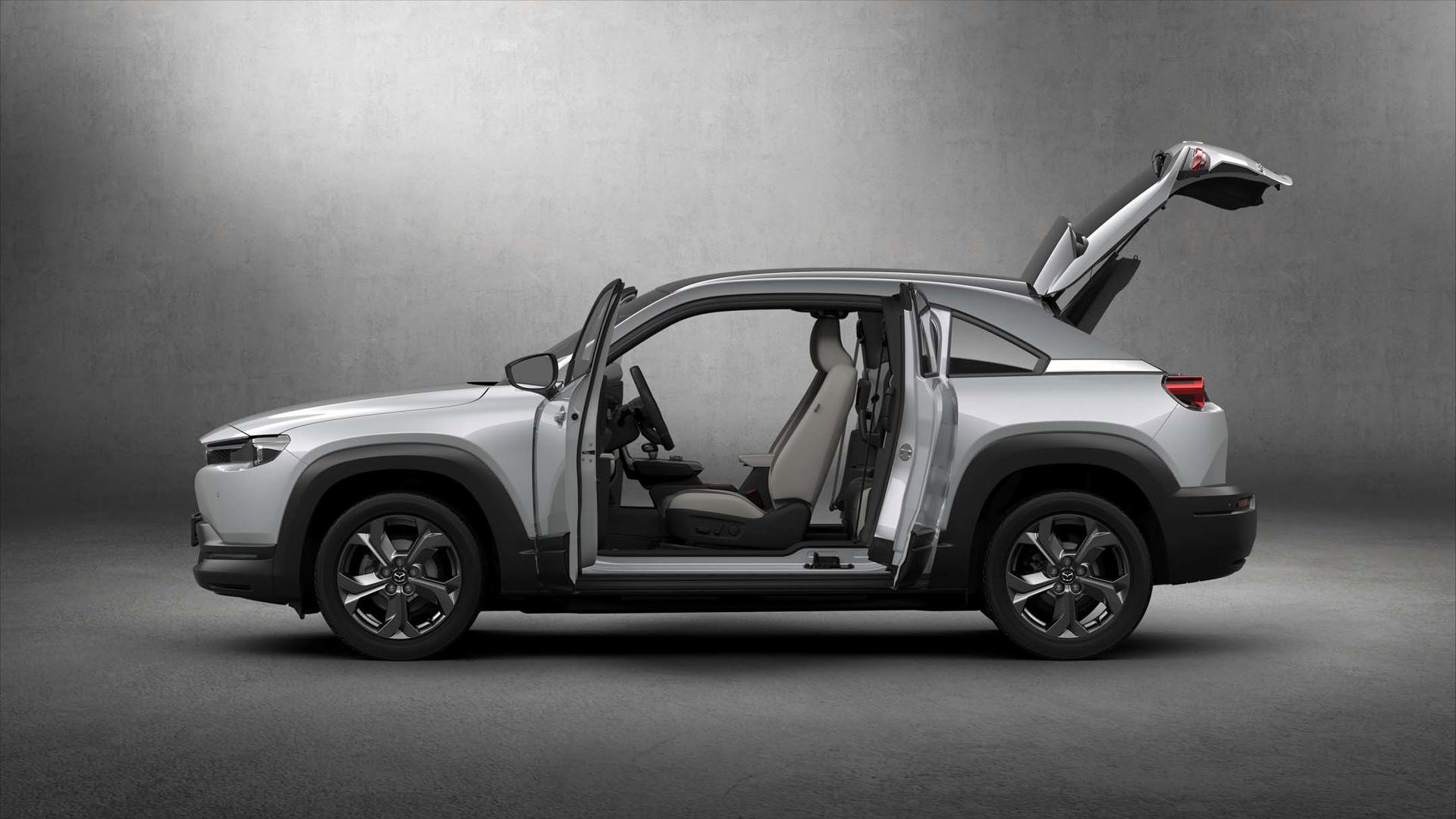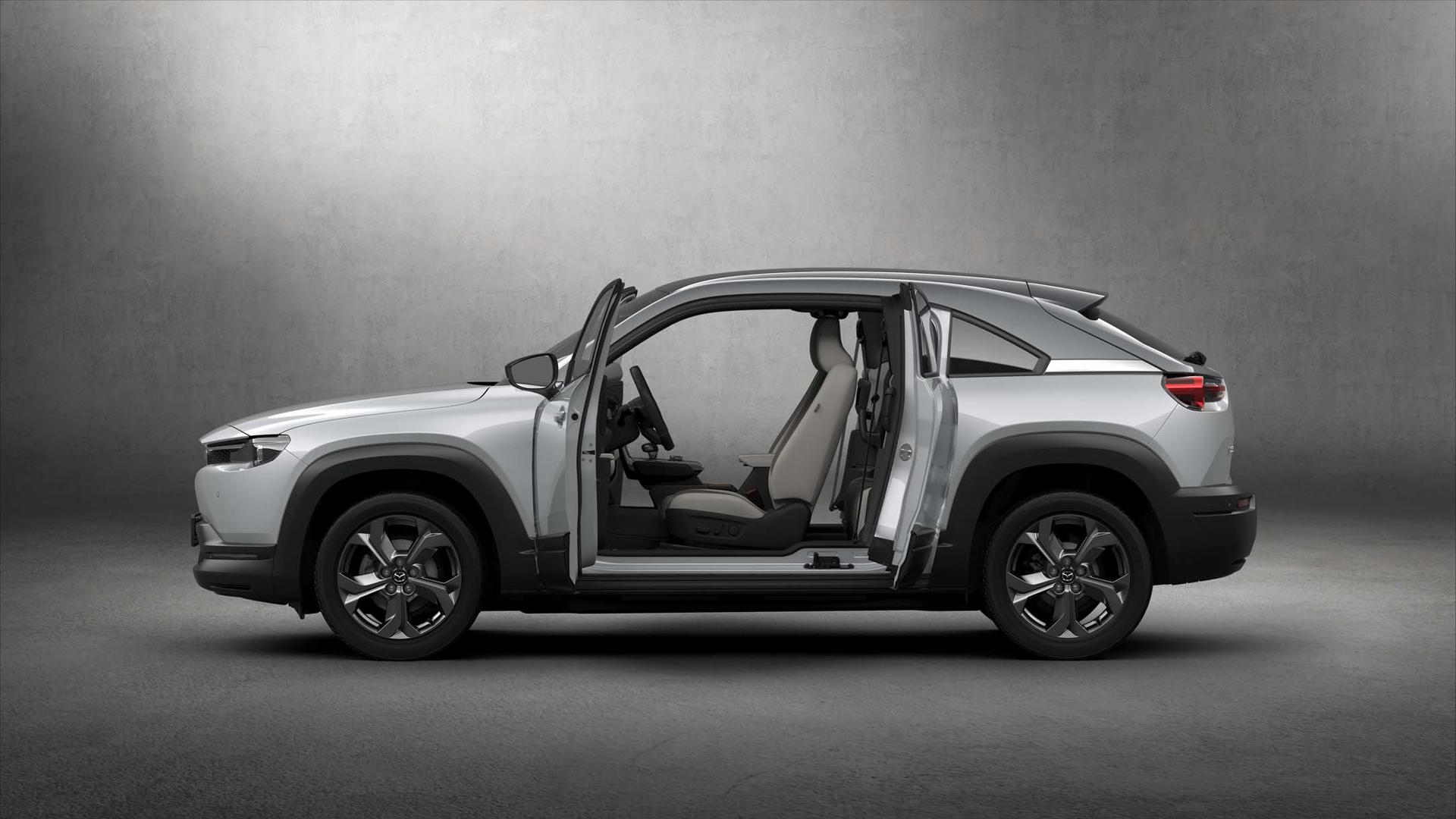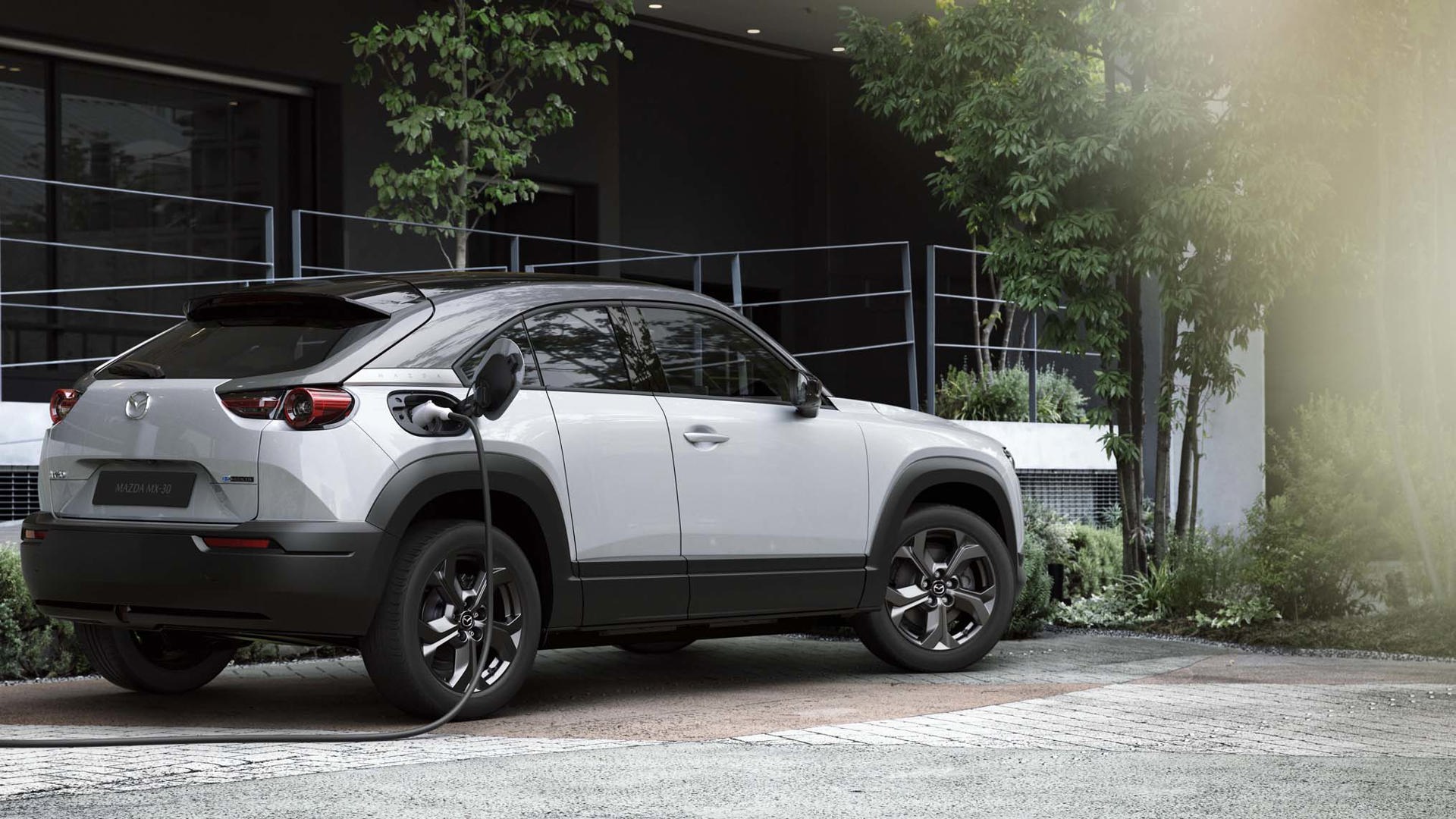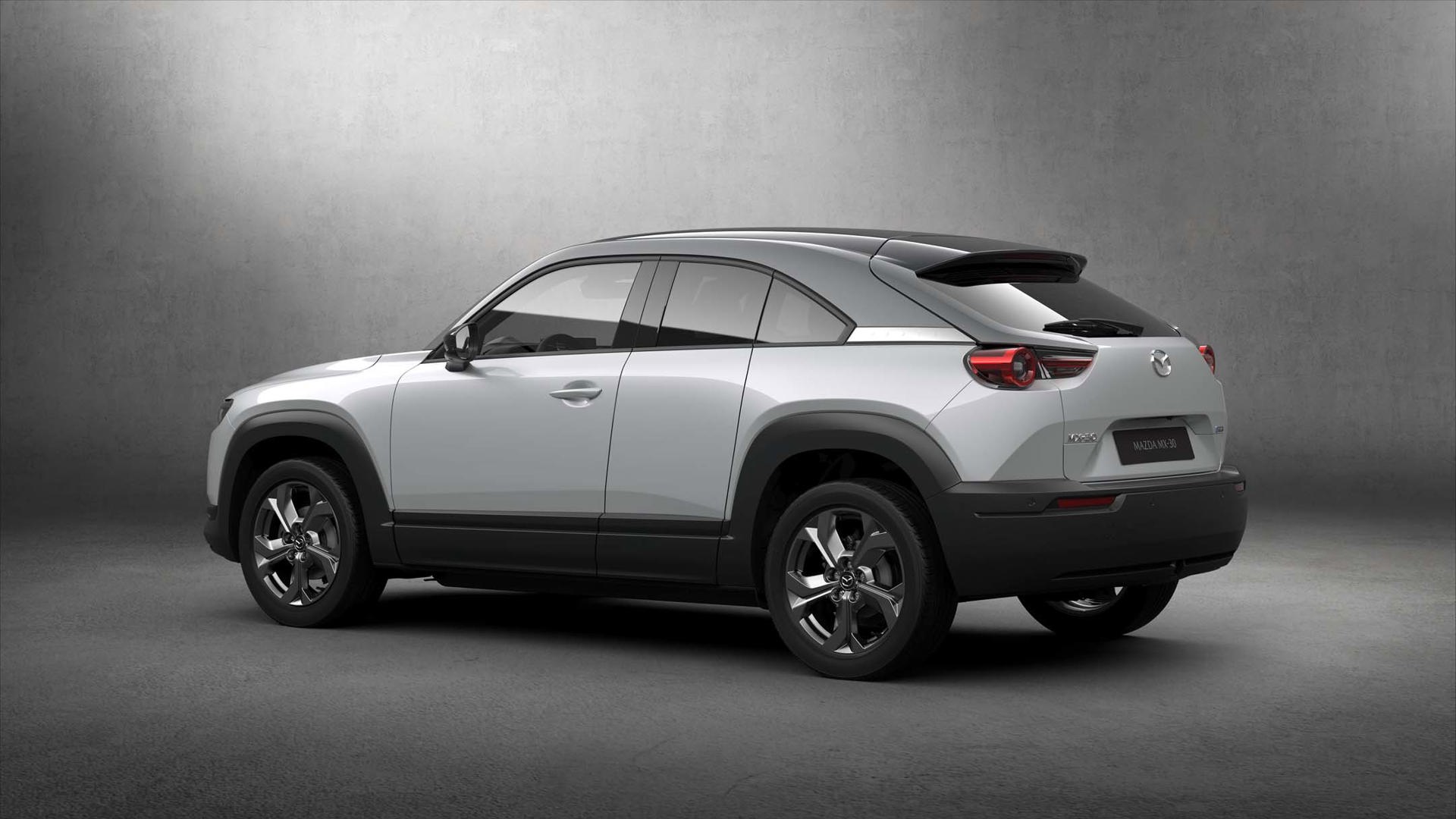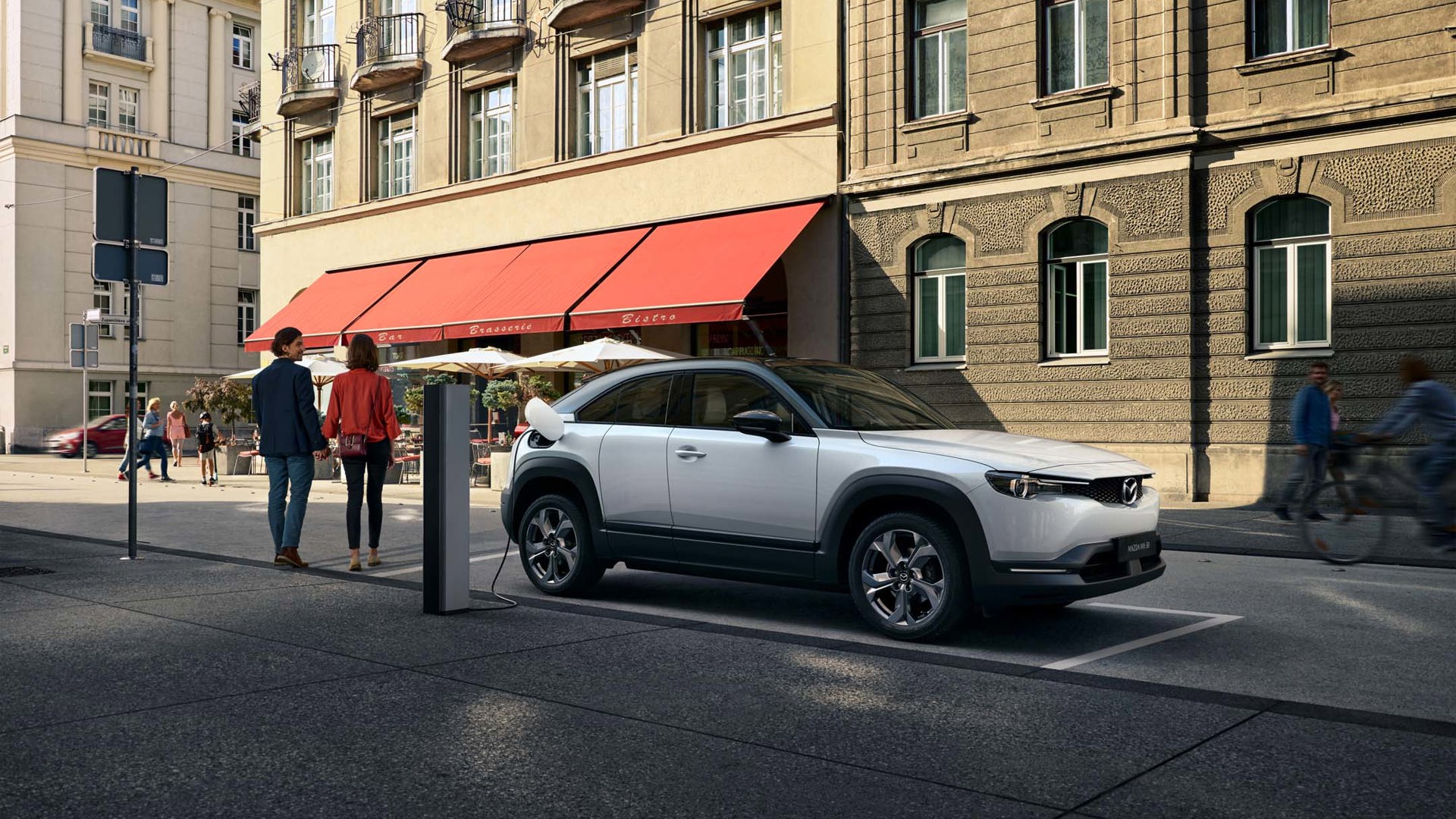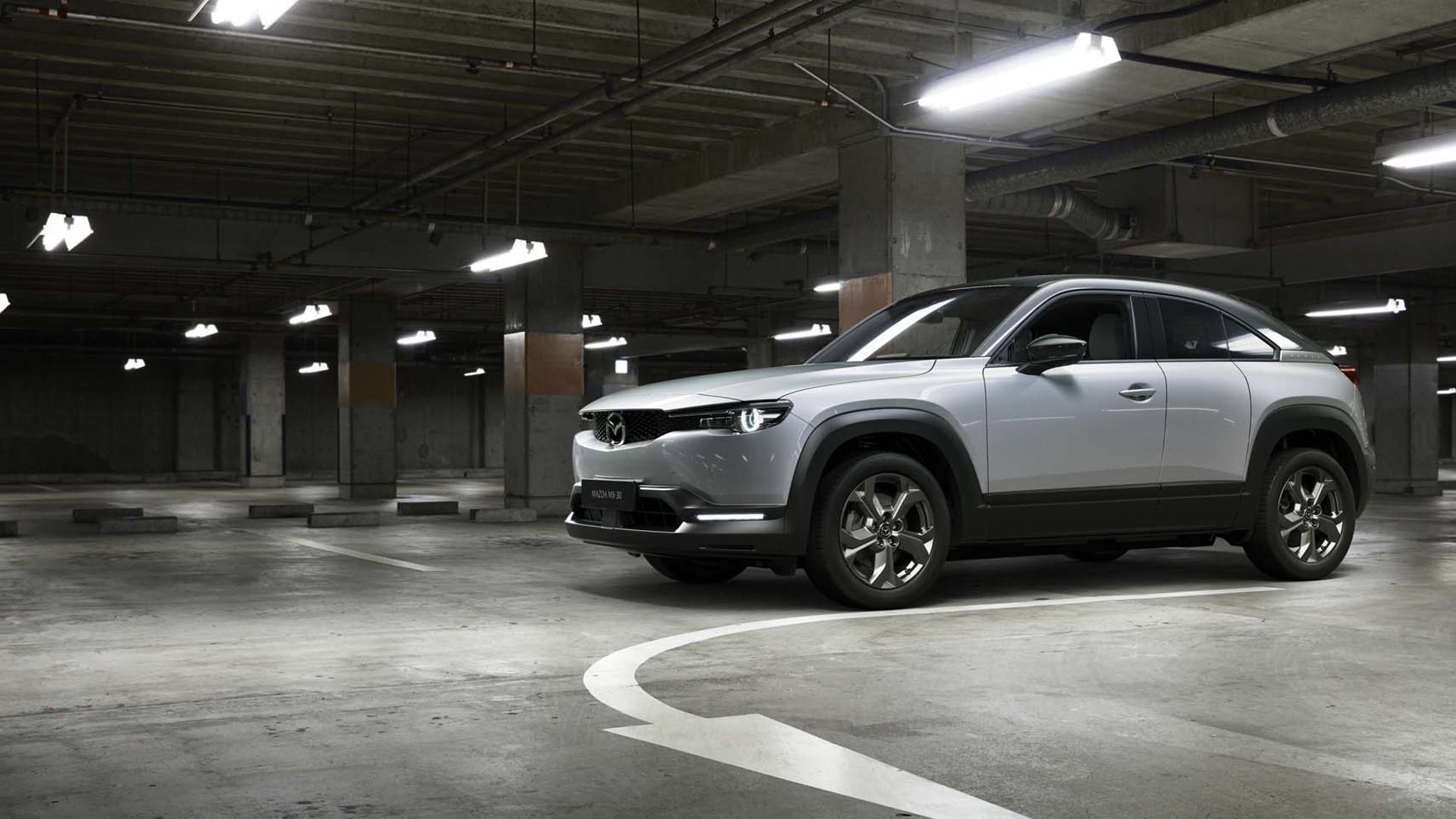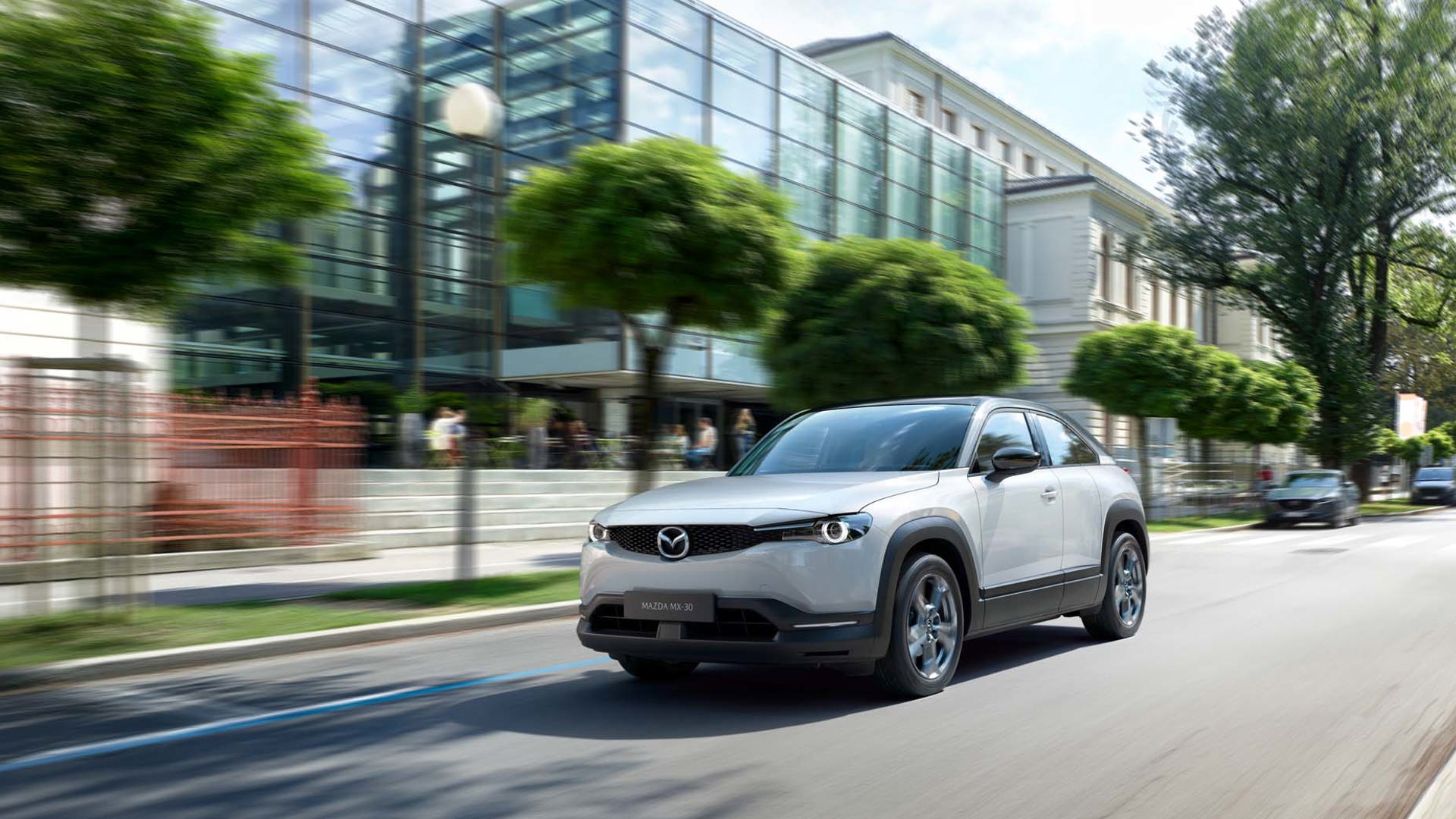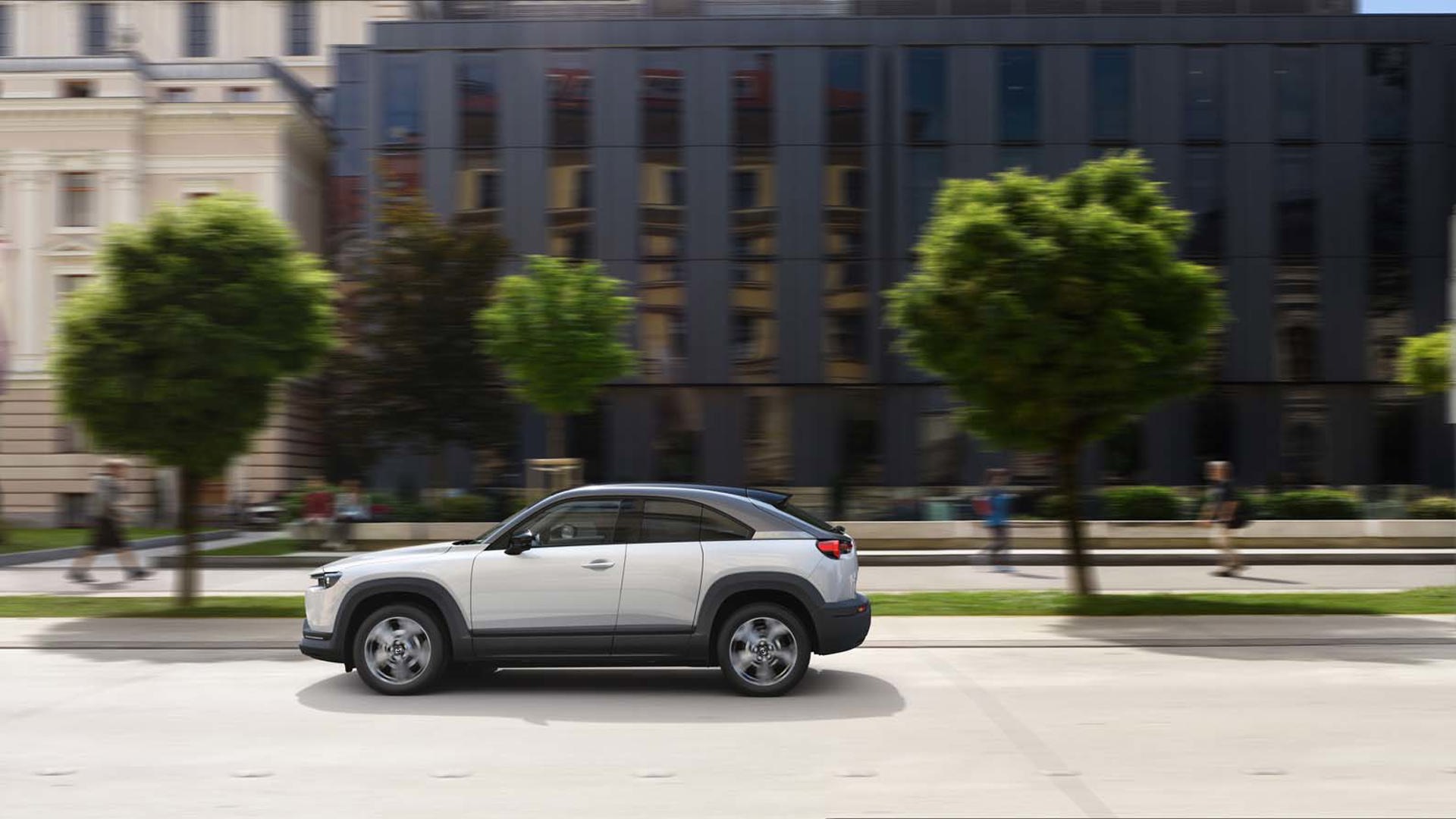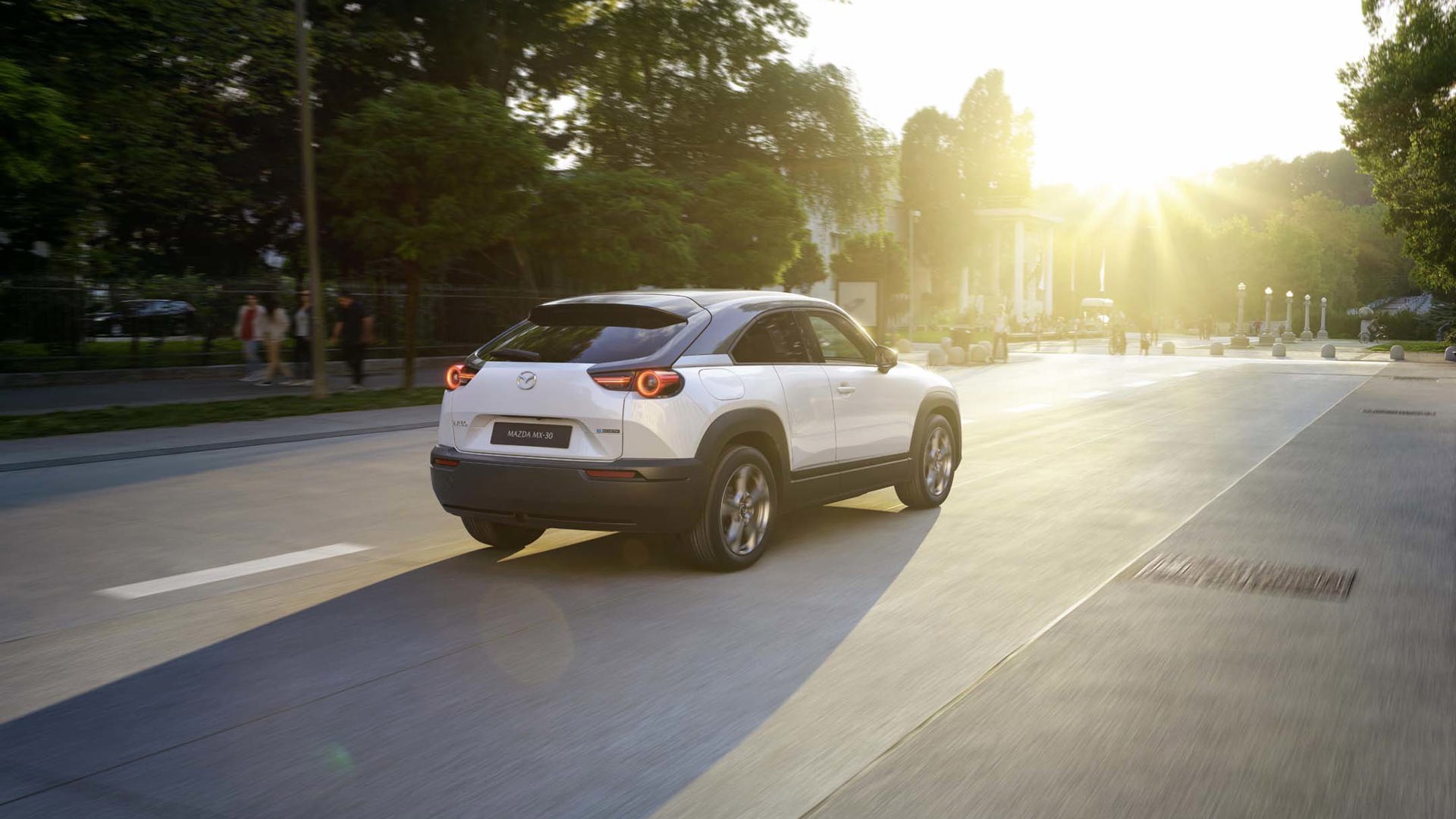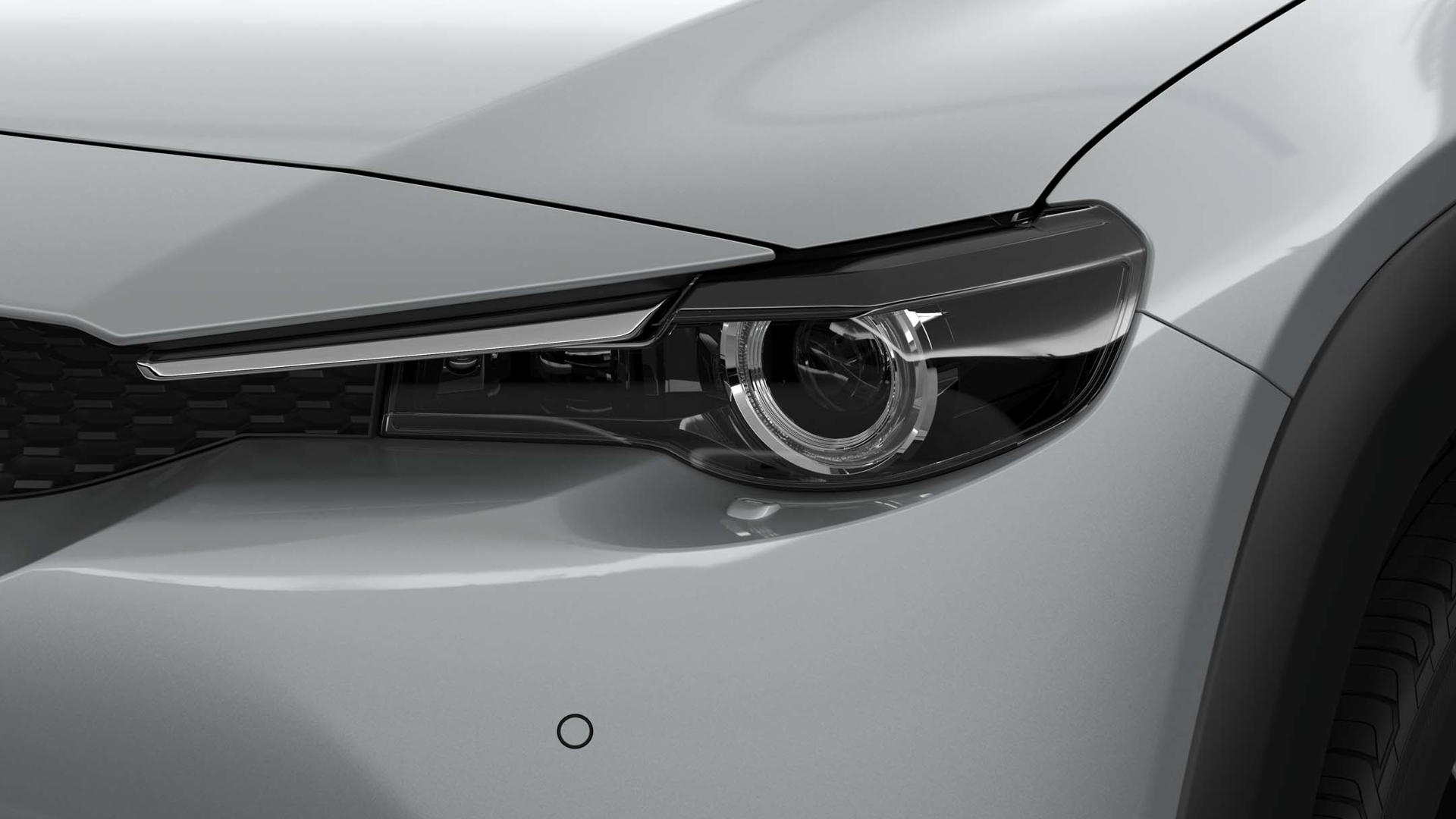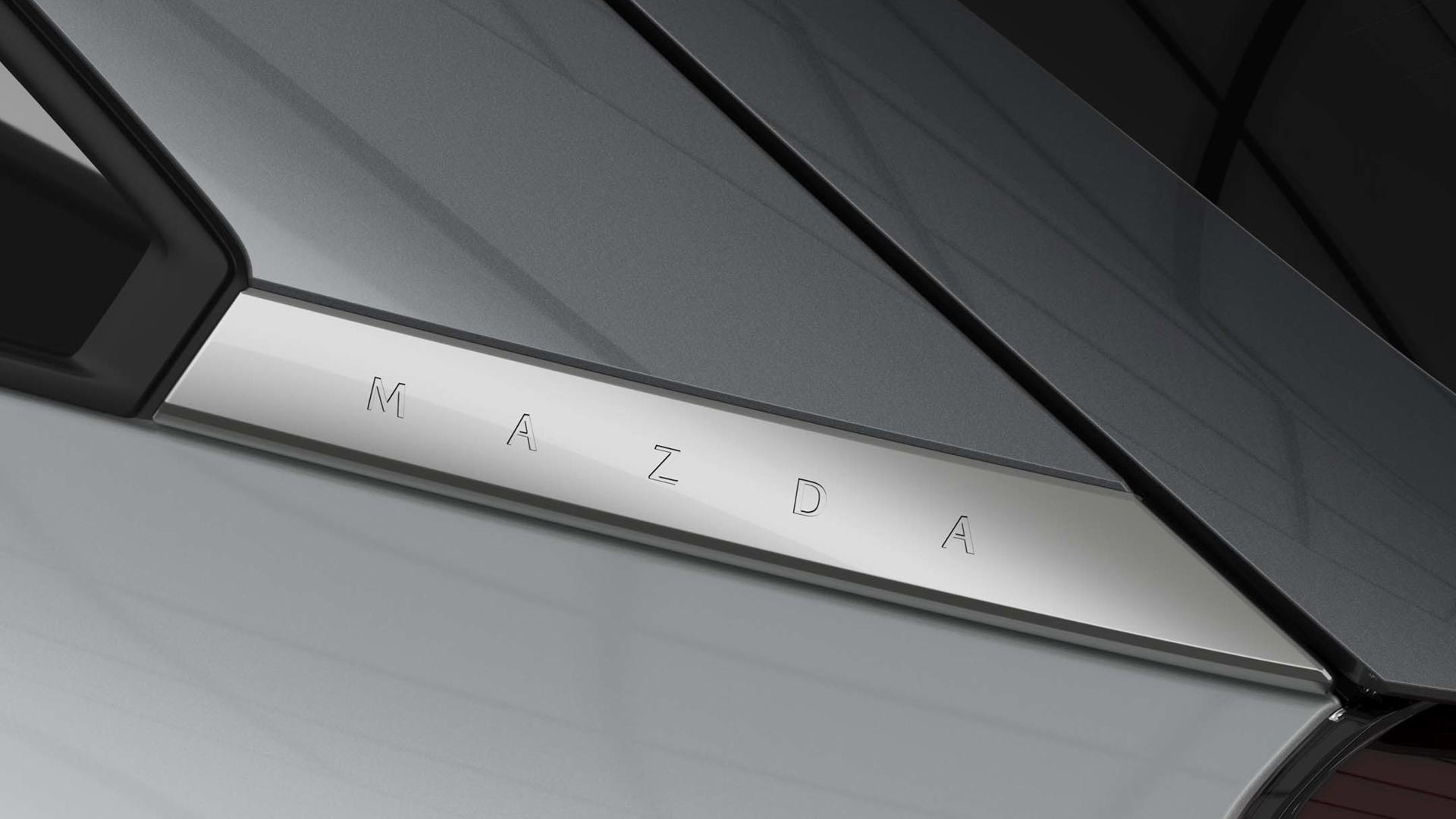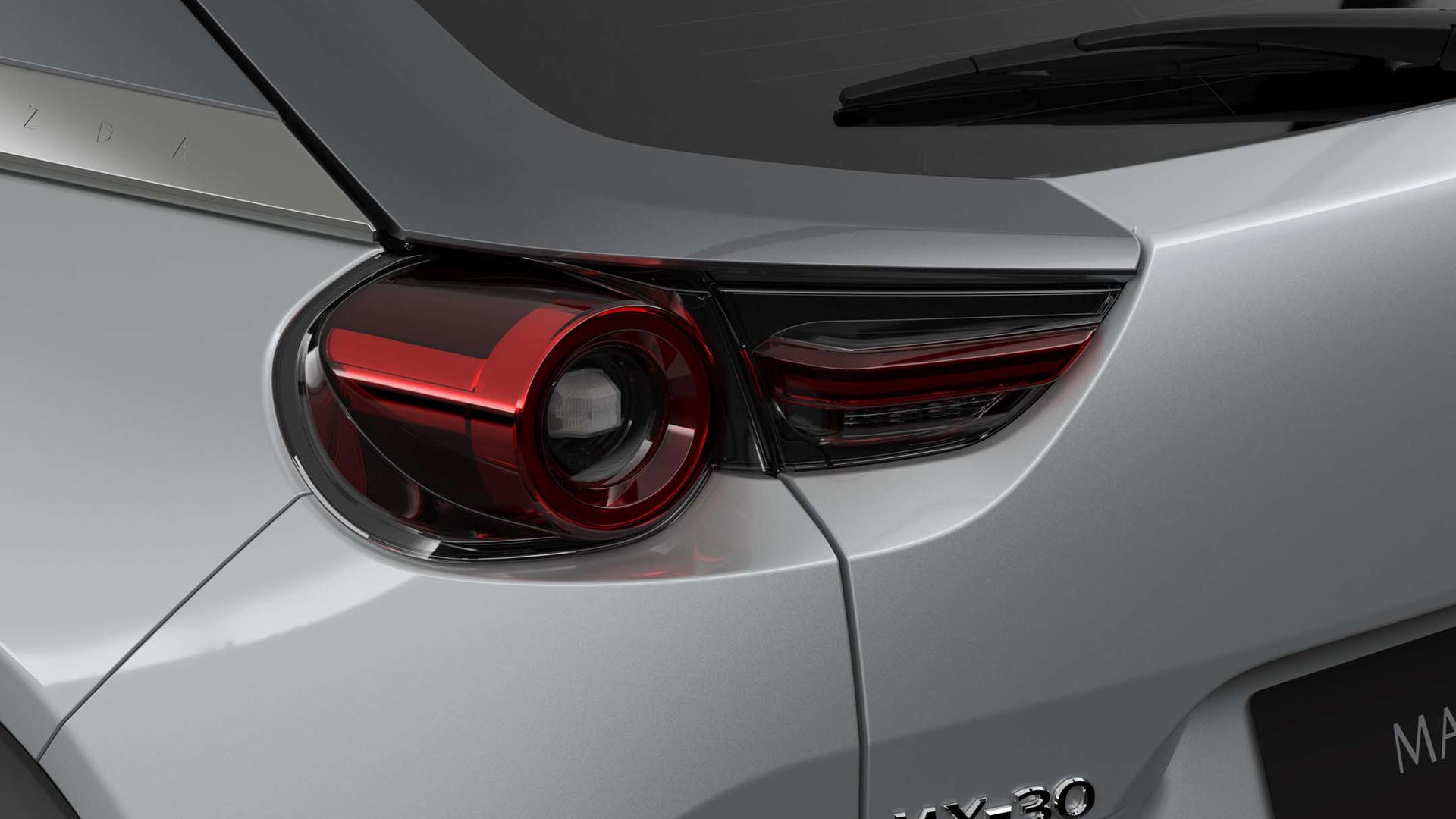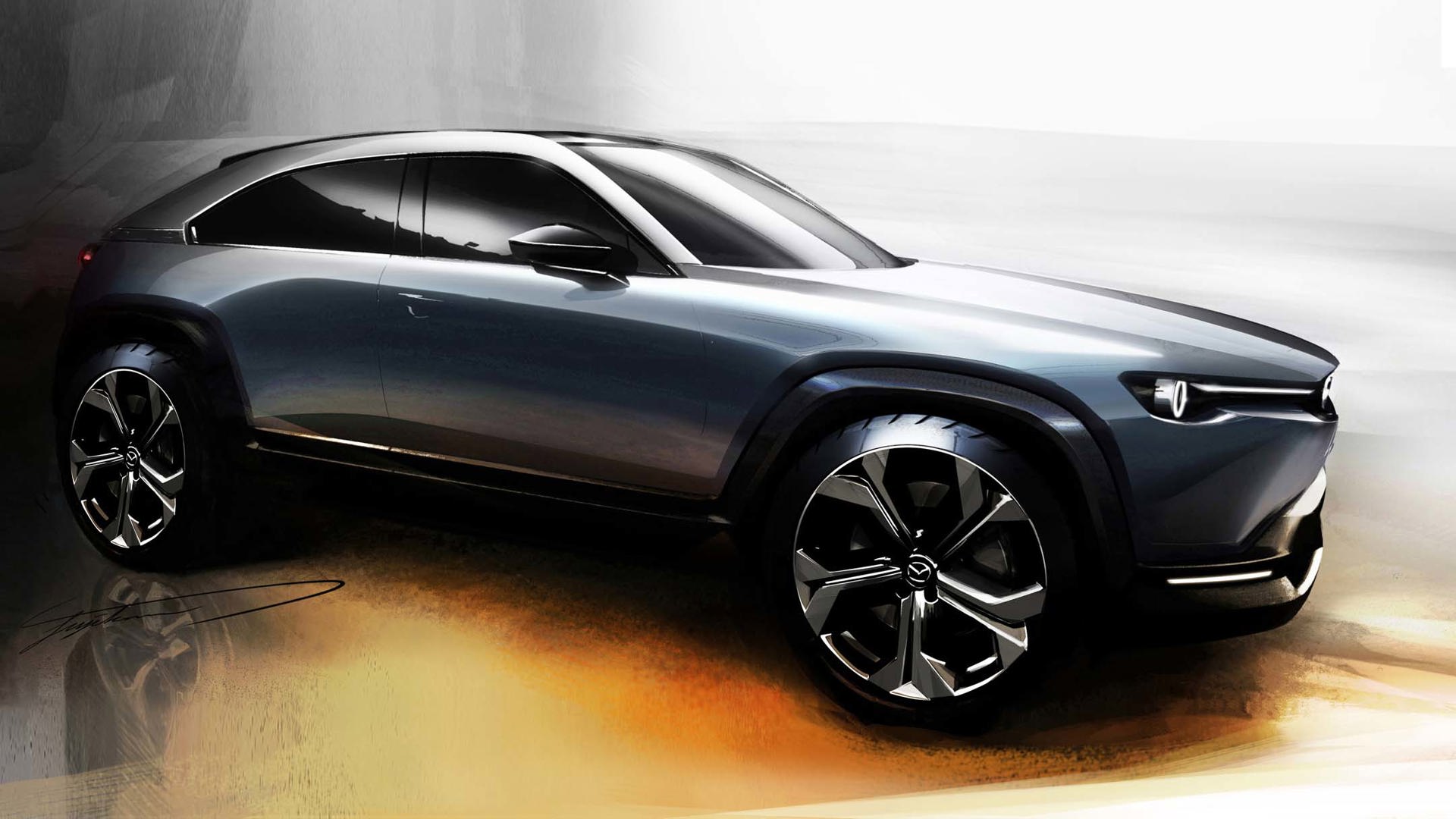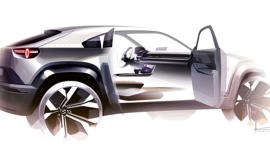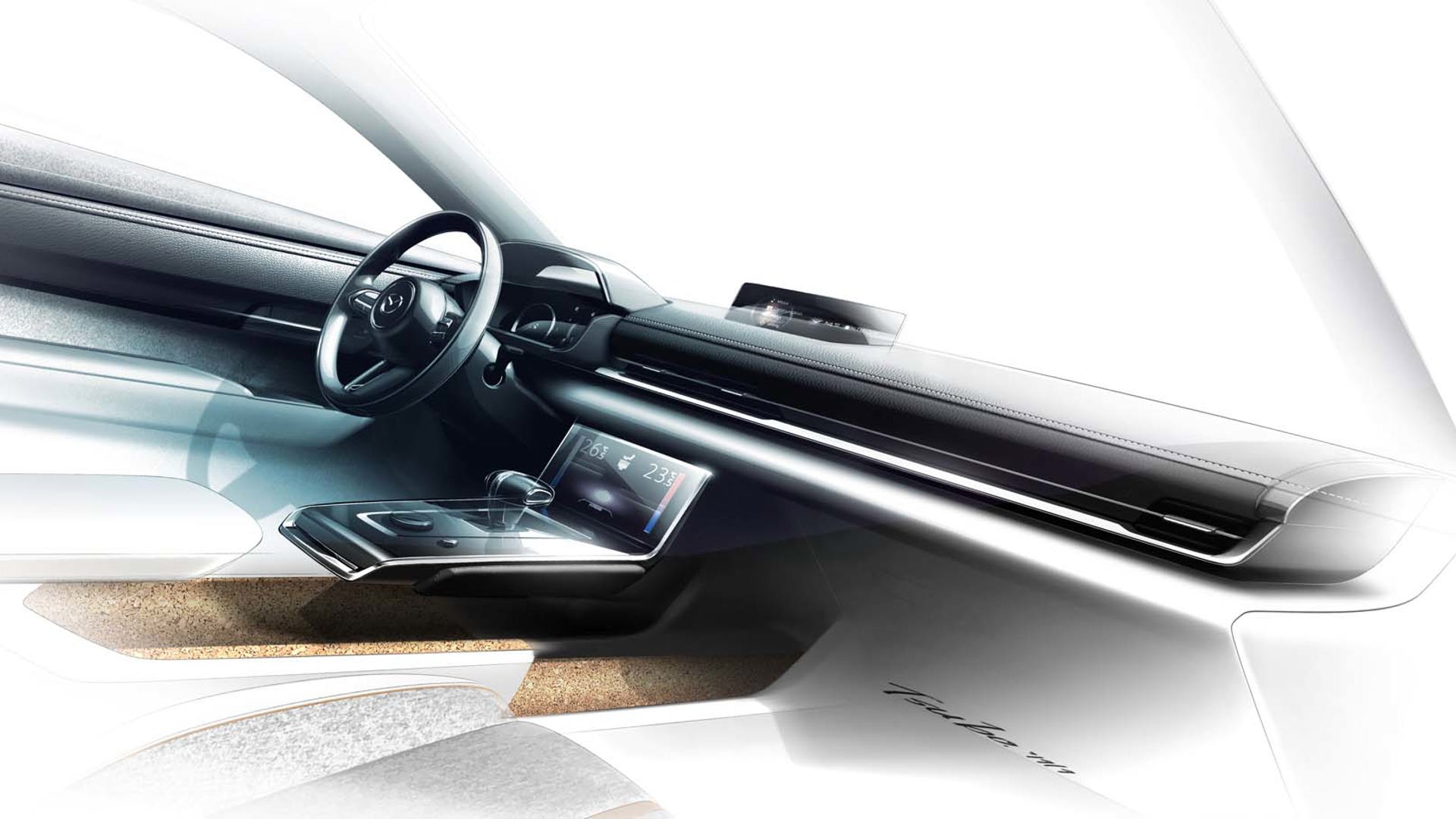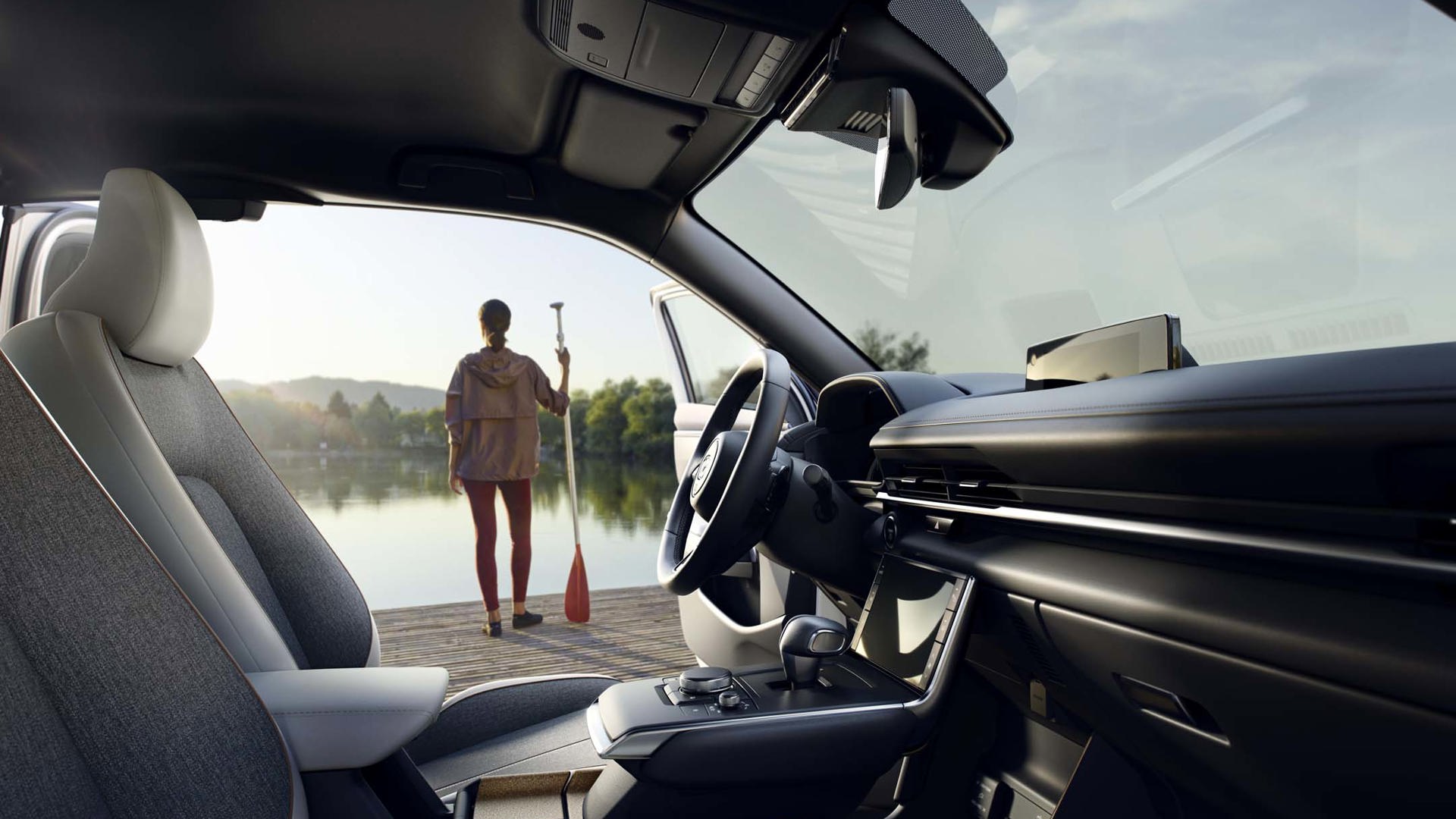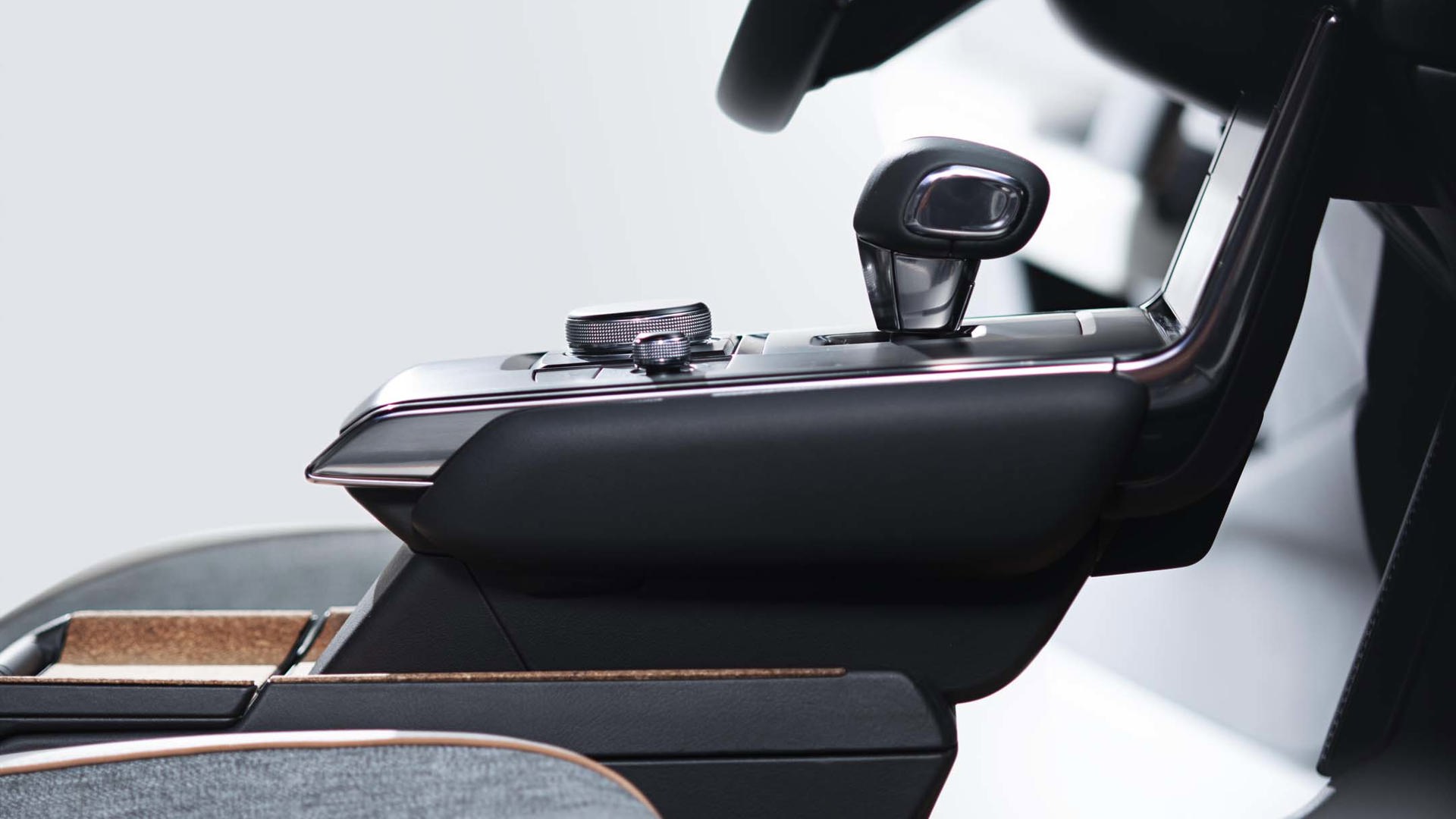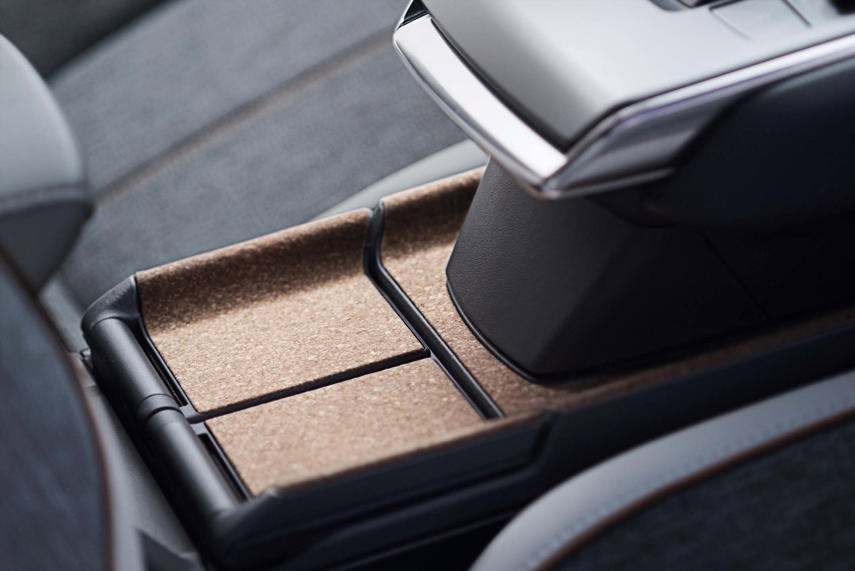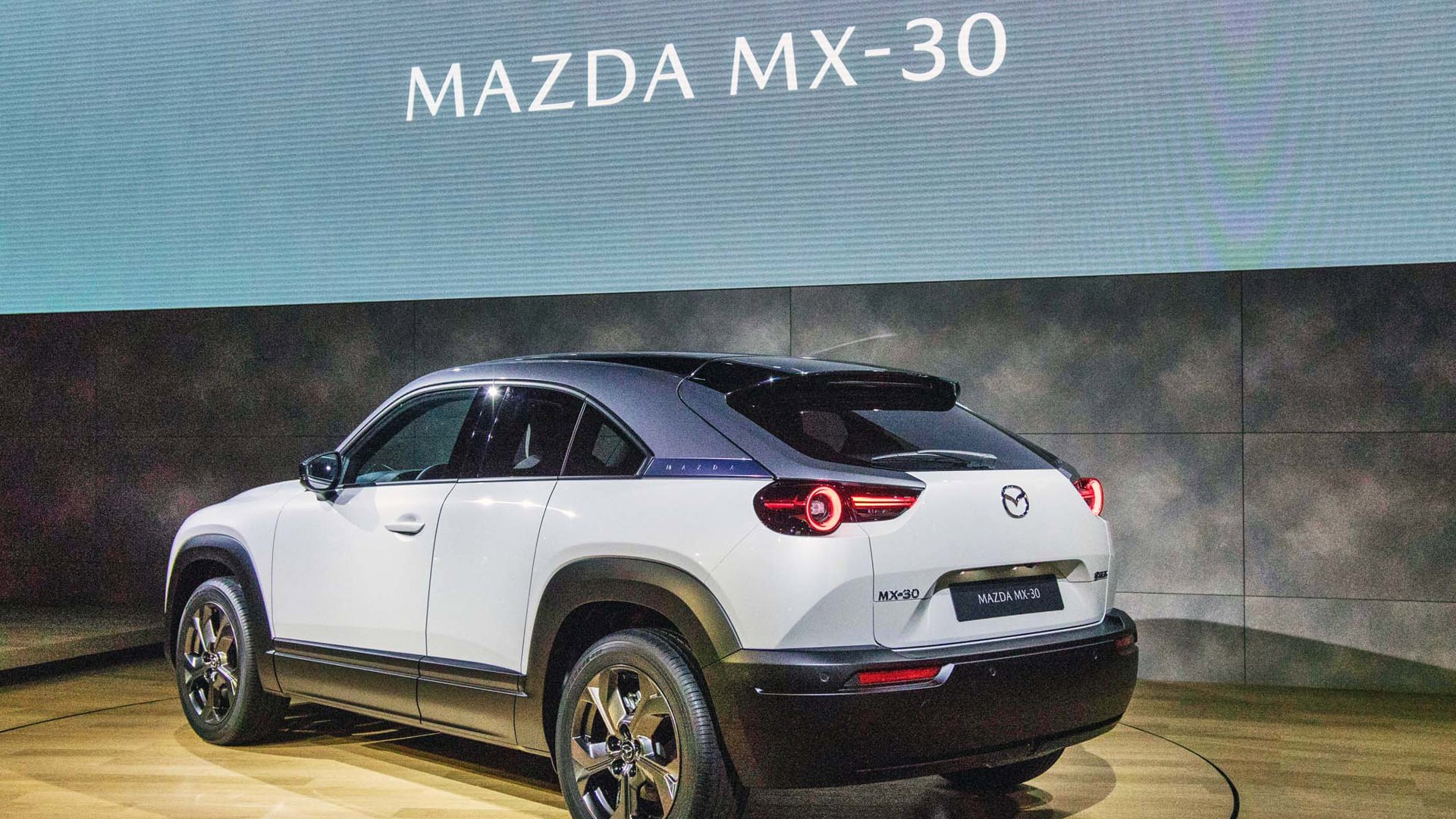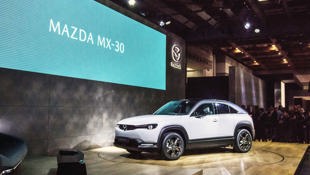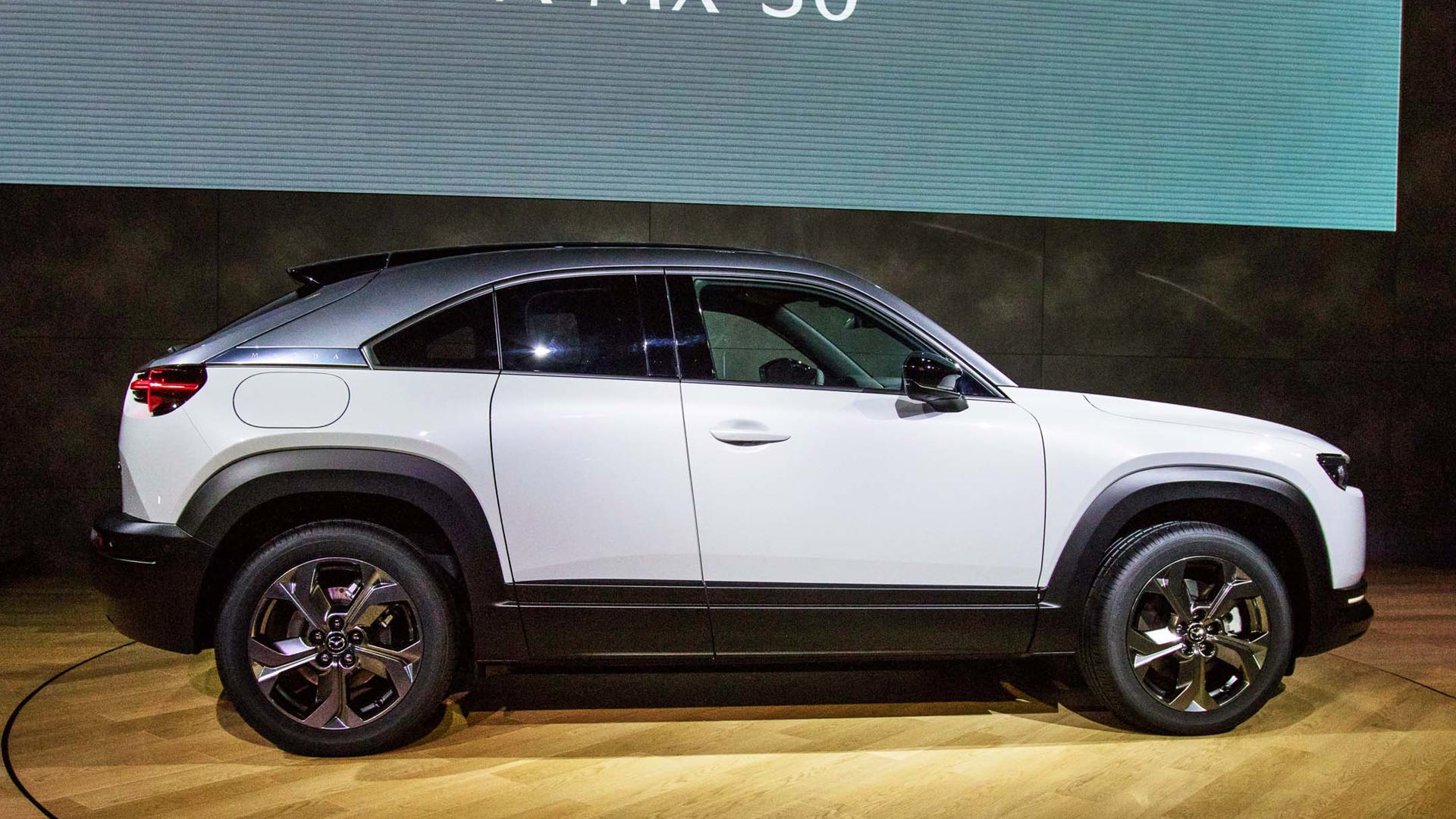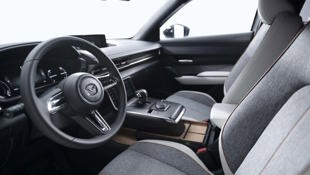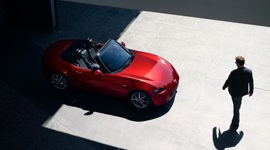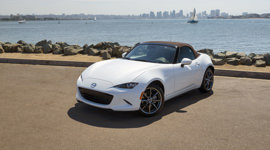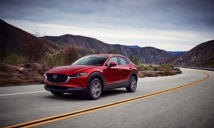Photos by Brendan McAleer, courtesy Mazda
TOKYO, Japan – At present, Mazda only produces a single vehicle with the MX prefix: the MX-5. Thus, the reveal of a new electric crossover at this year’s Tokyo Motor Show is significant for a number of reasons.
The MX-30 is Mazda’s first production electric vehicle. Note the emphasis on “production.” Rather than the conceptual machines shown elsewhere at this year’s show, Mazda’s reveal is destined for showrooms in 2020. Don’t expect to be able to buy one yourself any time soon – the MX-30 will be available in Europe and Japan only – but do expect to see them flitting about the roads on your next trip abroad.
For a production car, Mazda was a little light on the details. The MX-30 comes equipped with a 35.5 kWh lithium-ion battery, but no official range was provided. According to Autocar magazine, estimated total range is just under 200 km, with power outputs at 141 hp and 195 lb-ft of torque.
The MX-30 will be front-wheel-drive only, but benefits from an enhanced version of Mazda’s torque-vectoring drive system. Mazda claims that the more precise nature of torque control that an electric motor provides has allowed their engineers to tune for better body control in transitions.
Based purely on how entertaining the rest of the Mazda portfolio is from behind the steering wheel, the MX-30 will doubtless be good fun to drive. The lower centre of gravity provided by a low-mounted battery pack should give it handling characteristics that belie its high-riding driving position. Imagine a CX-3 with better torque response.
From a design perspective, the MX-30’s party piece is its “freestyle” doors. Small rear doors fold out backwards, in much the same manner as the Toyota FJ Cruiser, or indeed Mazda’s RX-8. The MX-30 is thus provided with added practicality to go with its coupe-crossover looks. The trunk is also usefully sized.
Inside, Mazda’s infused their driver-centric style with a more environmentally sensitive feel. Instead of traditional wood accents, there’s reclaimed cork bark, both a low-impact material and a nod to Mazda’s roots as the Toyo Cork Kogyo company. A seven-inch touchscreen handles infotainment duties, but retains physical buttons. There are also vegan-friendly upholstery alternatives to the usual leather.
Other interesting tidbits gleaned from Mazda’s debut include the potential for an extended-range MX-30 fitted with a Mazda rotary engine. Alone among manufacturers, Mazda has continued to pour R&D dollars into the rotary engine, as it is so central to their identity. Compact single-rotor engines have been used as range-extenders in several working concepts, so this idea is something that could be executed within a couple of years. Mazda’s rotaries have the added advantage that they can run on multiple fuels, including hydrogen.
But leaving all that aside for the moment, what the MX-30 really represents is a return to Mazda’s experimental side. In the 1980s and 1990s, cars like the MX-3 and MX-6 provided a dose of sportiness in a practical form people could live with everyday. The 2+2 RX-8 was also an interesting blend of sportscar handling and semi-practicality, if you could handle the quirks of rotary-engine ownership.
The MX-30 promises a bit more fun than your average EV eco-pod, both in the way it’ll drive, and in personality. There’s no reason Mazda couldn’t do something similar when it’s time to refresh the CX-3. The days of sporty coupes are long past, but there’s no reason every crossover has to have four conventional doors and a boring silhouette.
Imagine an MX-60 that blends the swoopy looks of the Mazda6 with a little more ride height that the market demands these days. Or imagine an even sportier variant of the Mazda3 hatchback, slotting in beneath the CX-5.
The MX-30 isn’t just Mazda’s first production EV, although that’s the headline. It’s also Mazda getting a little playful with their engineering. In an increasingly homogeneous market, that’s cause for celebration.
